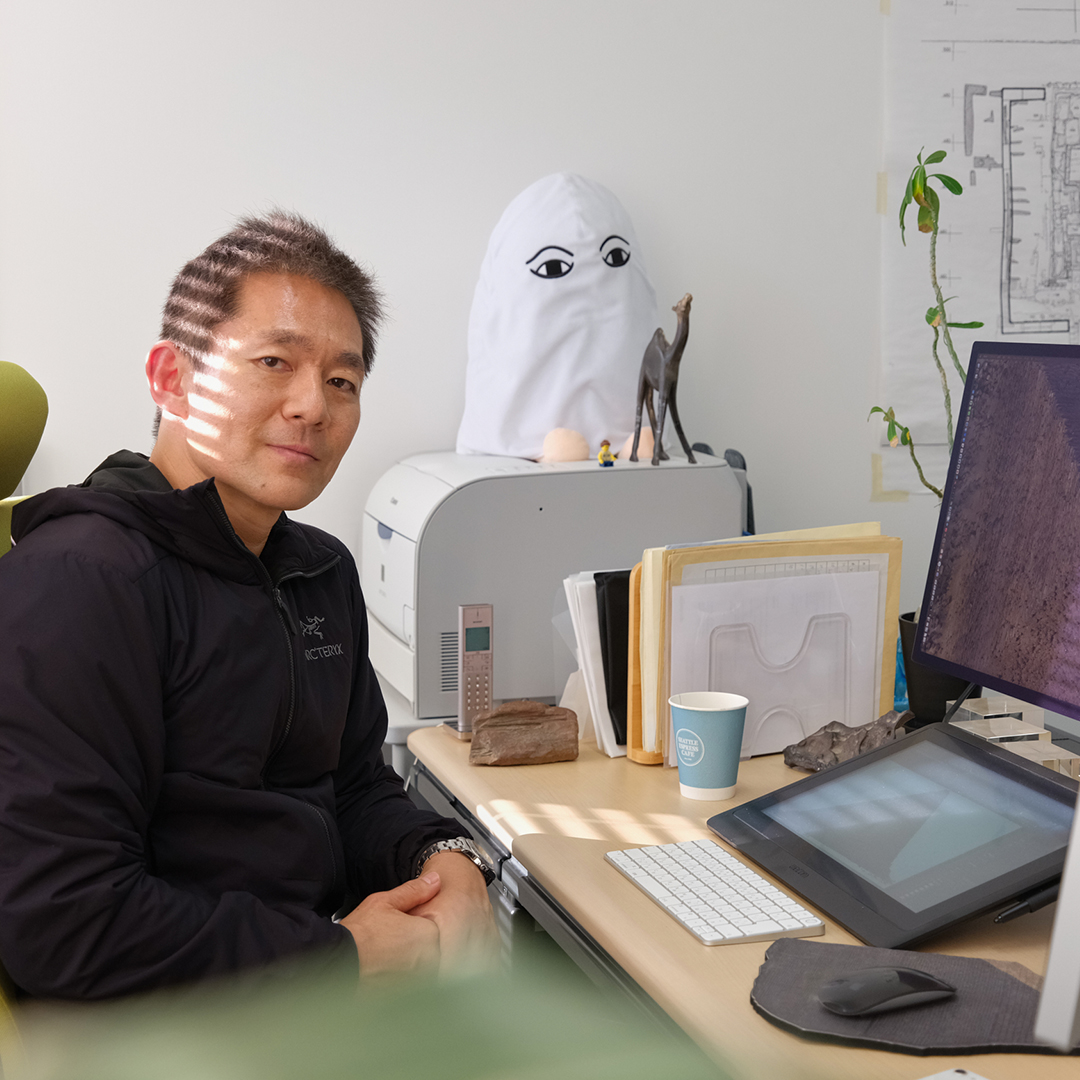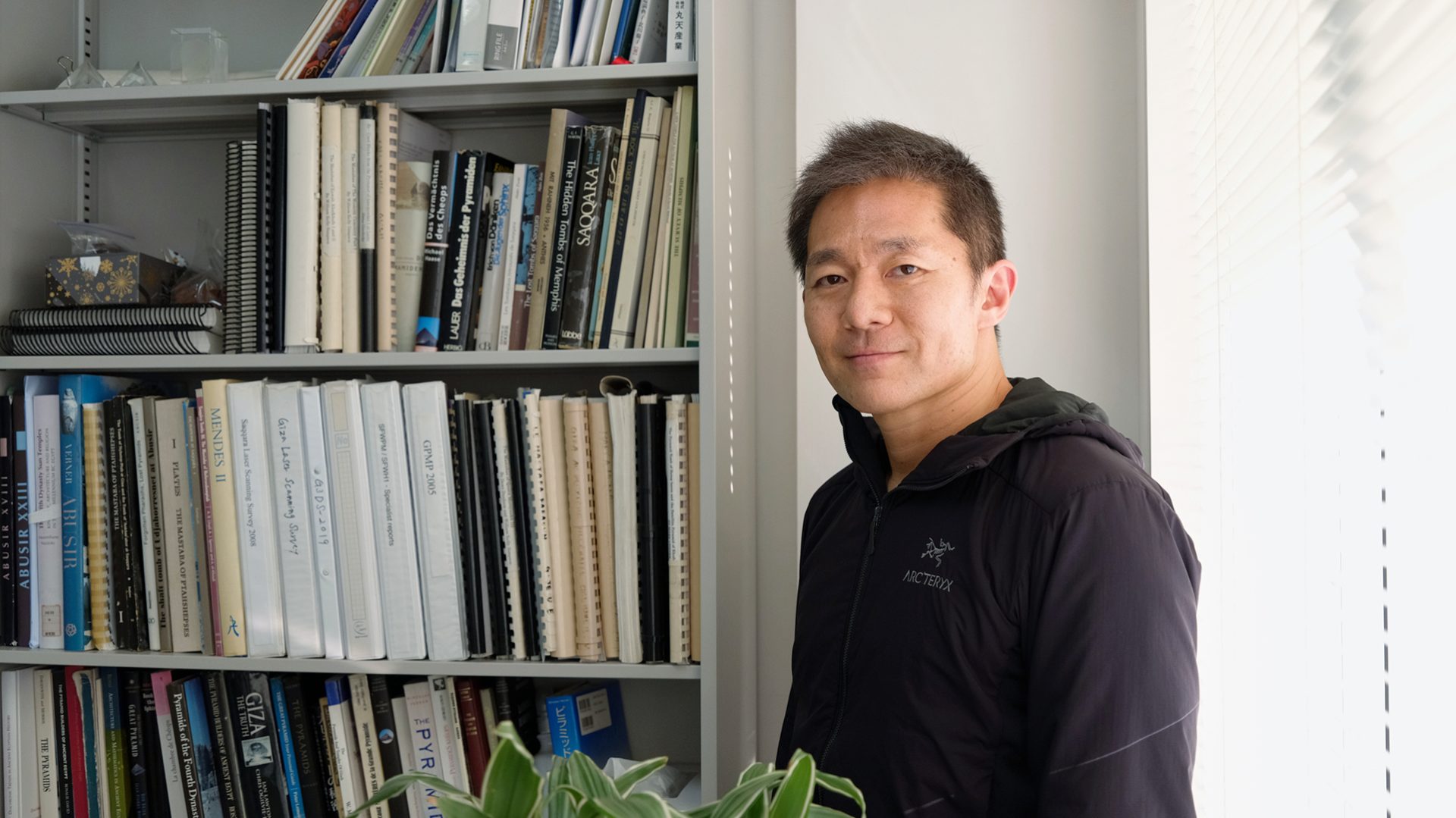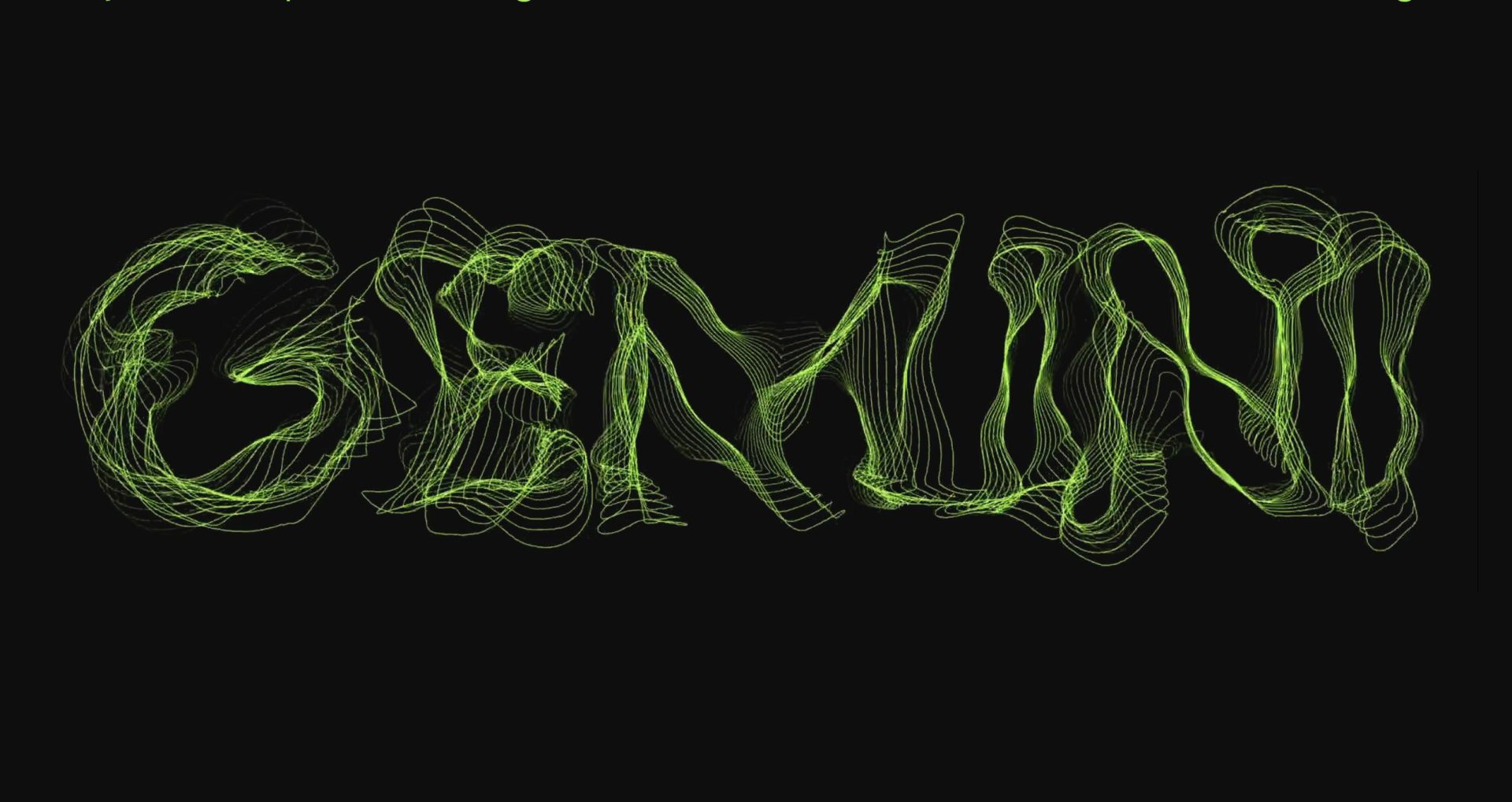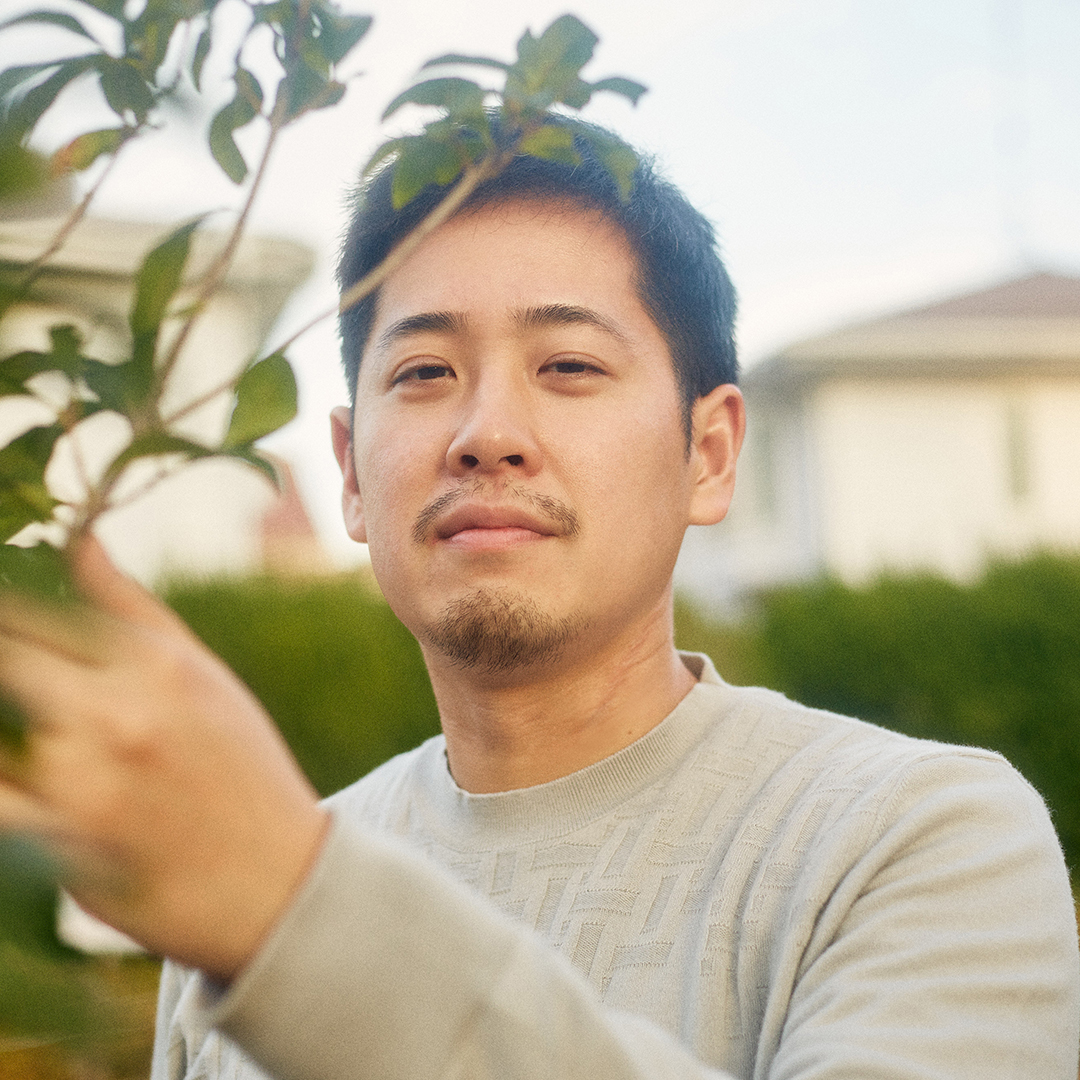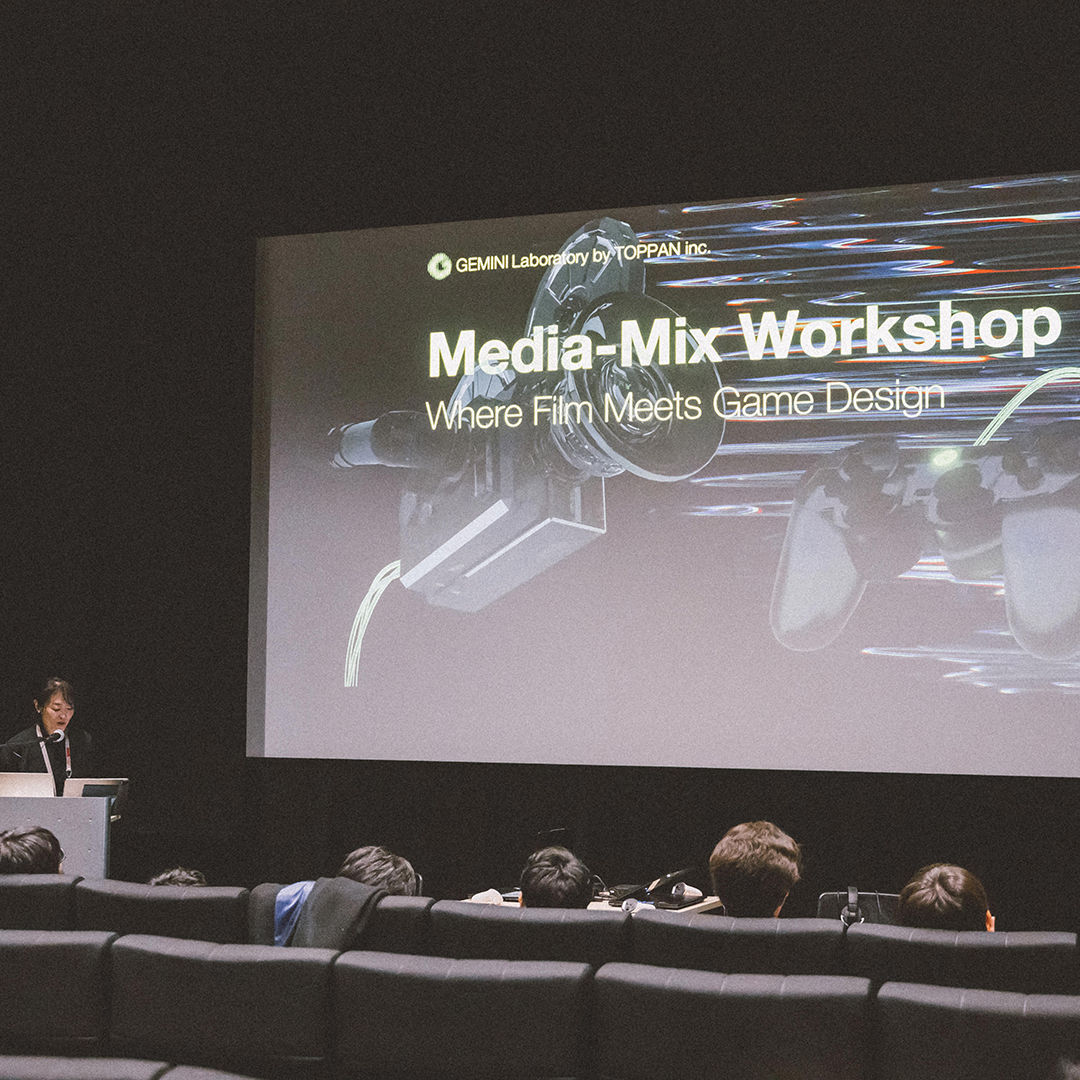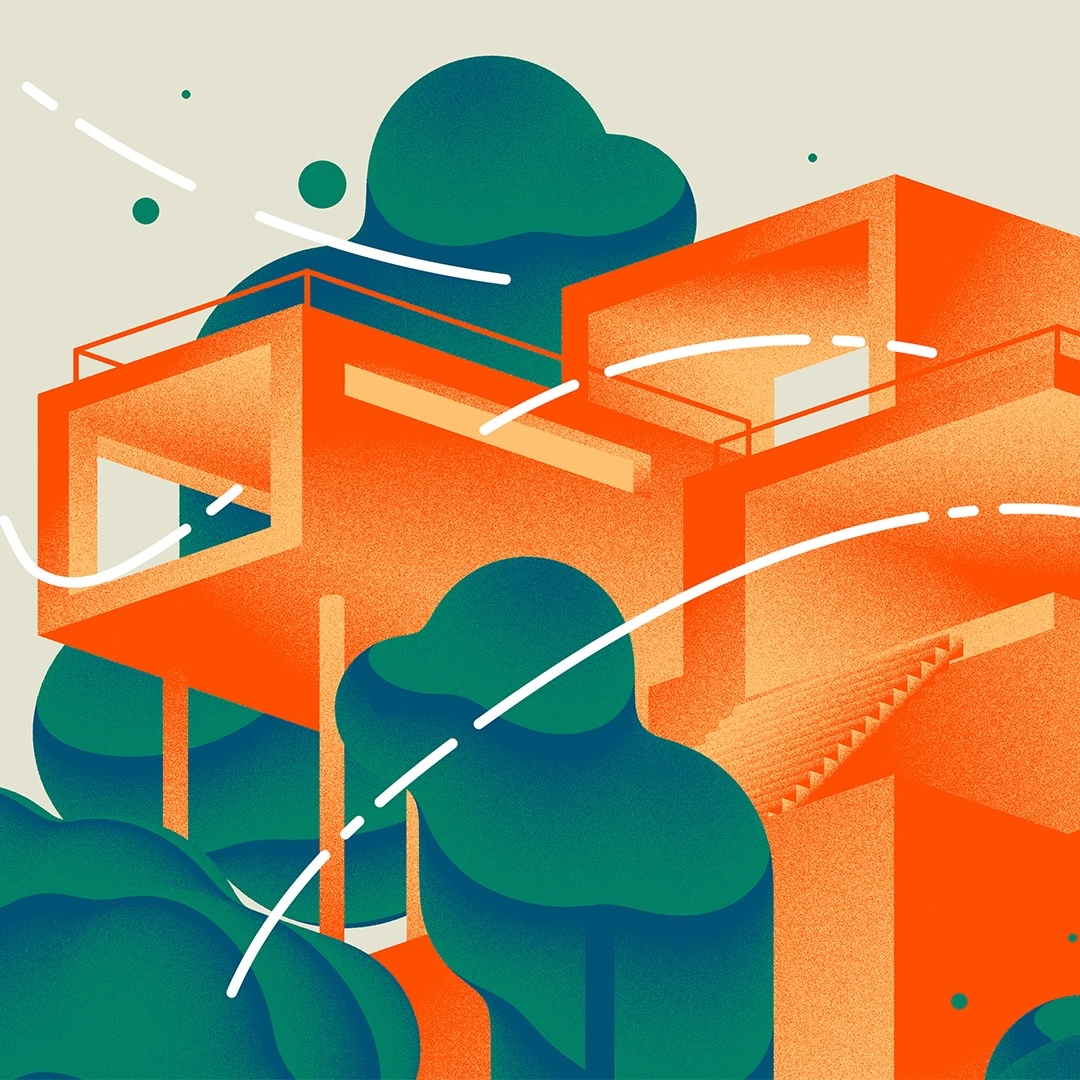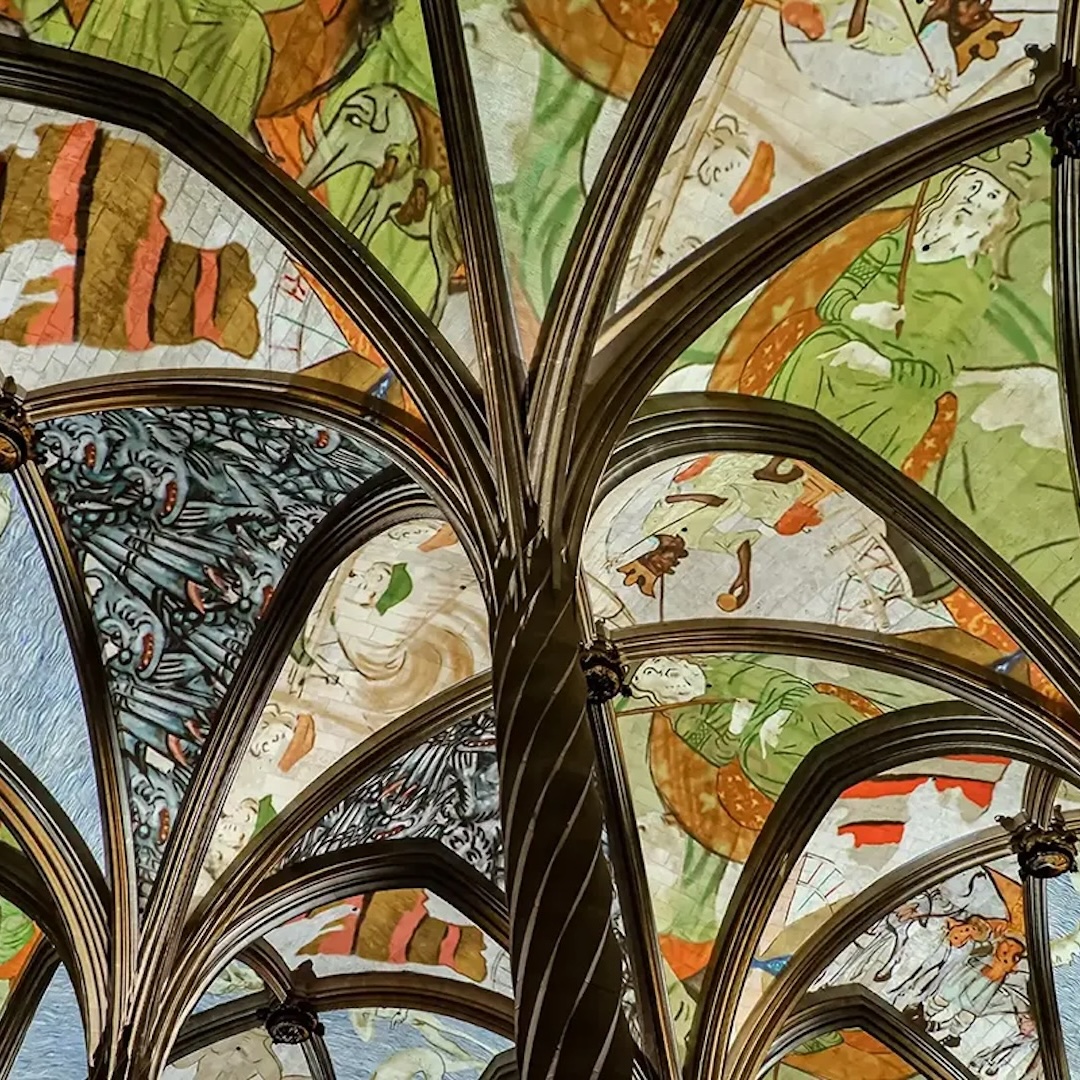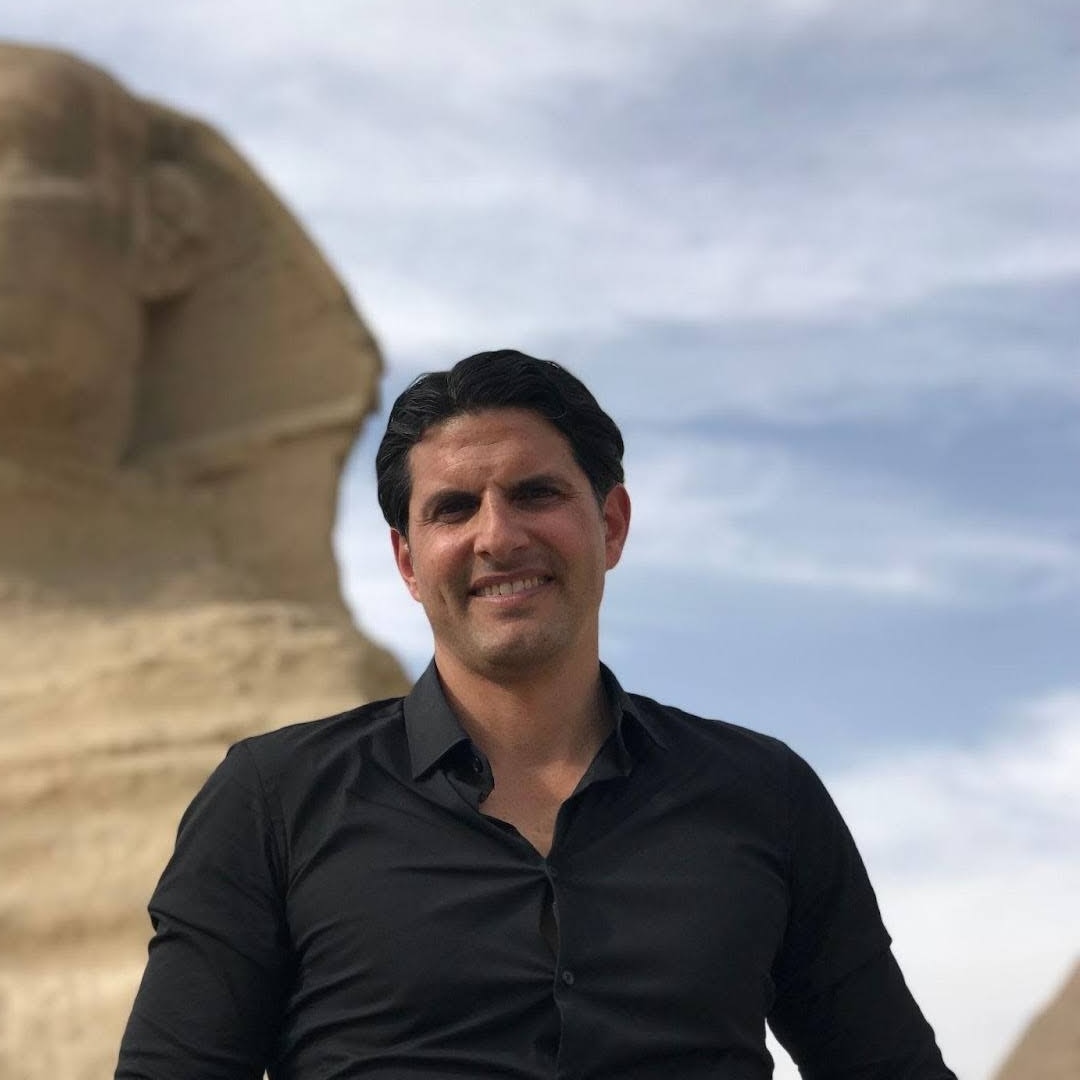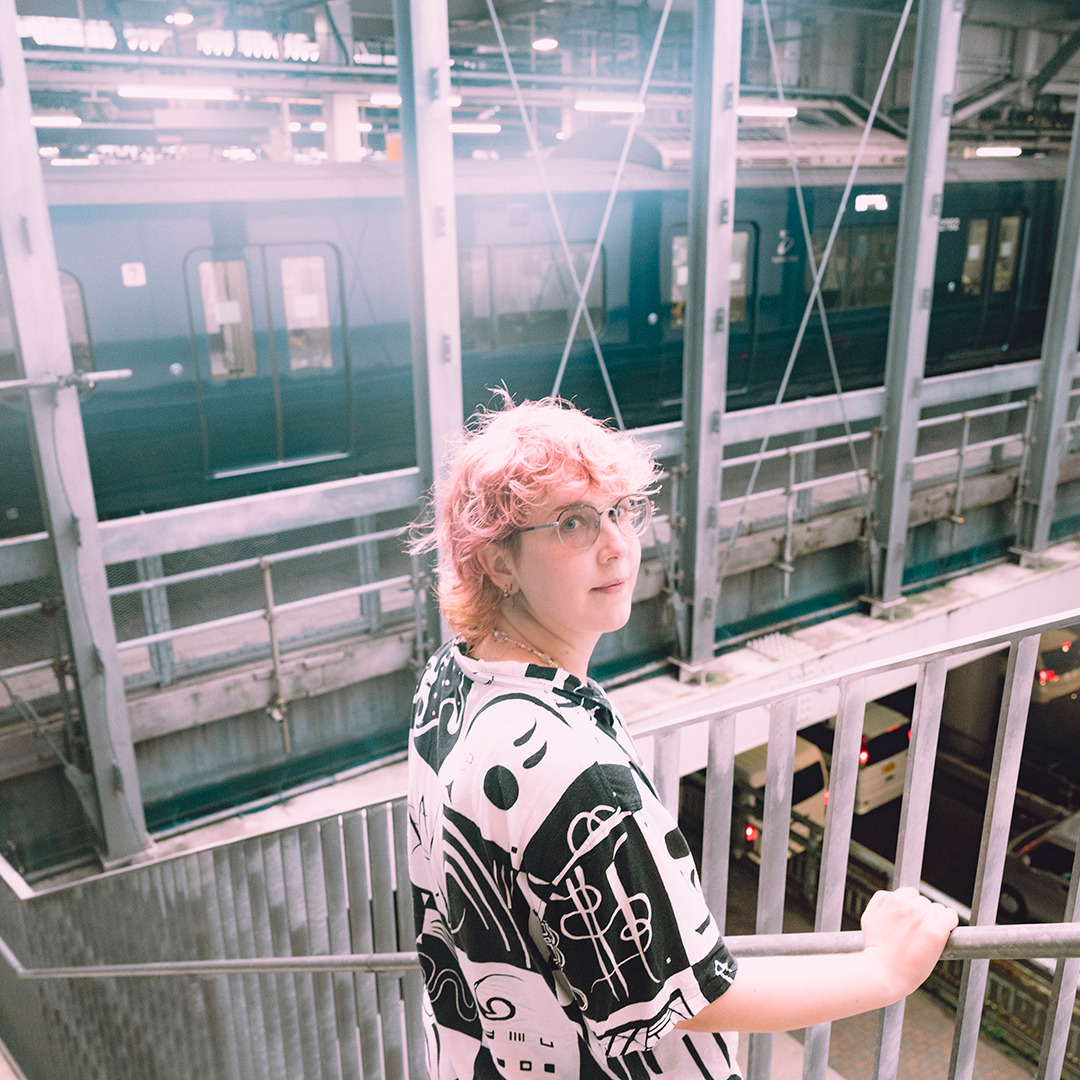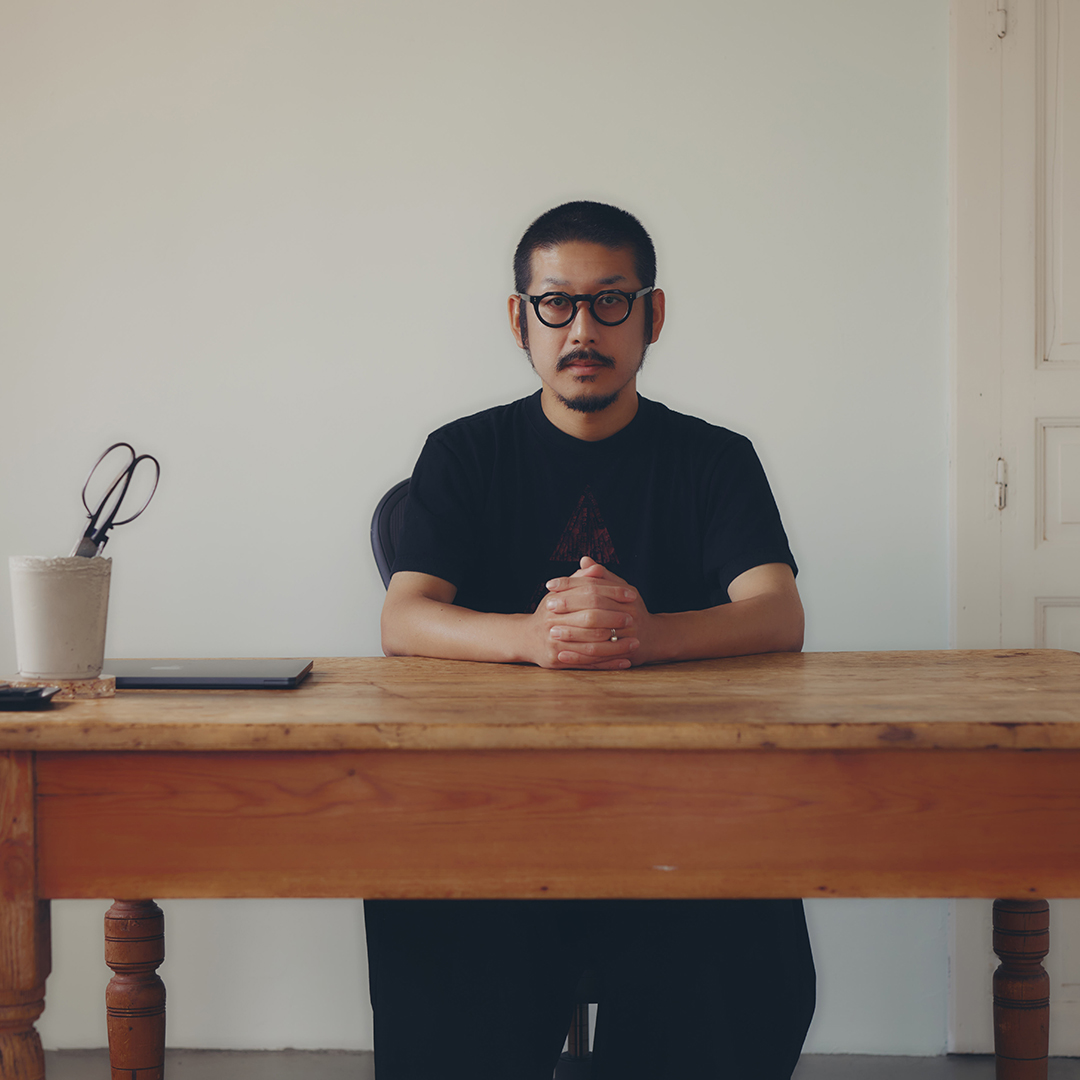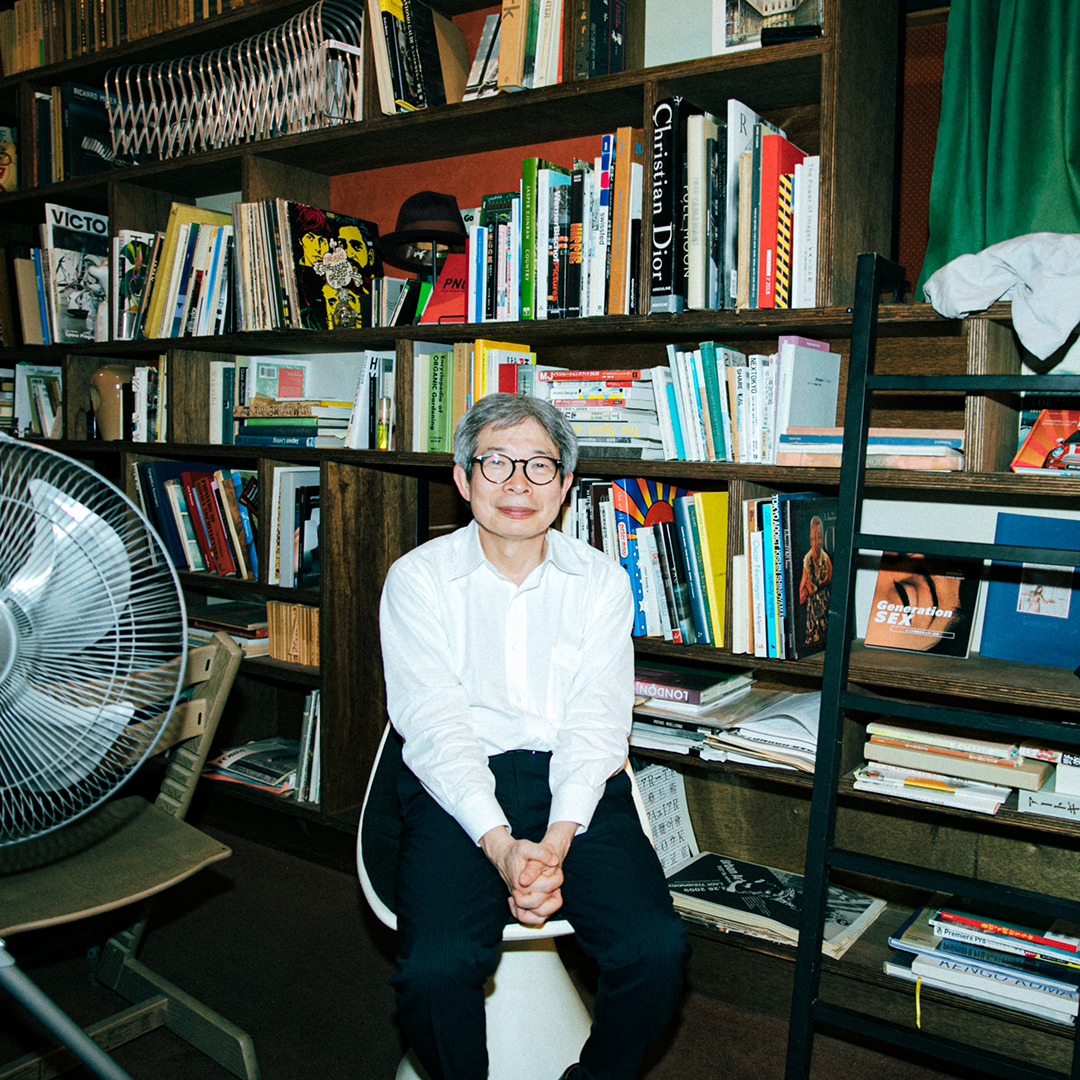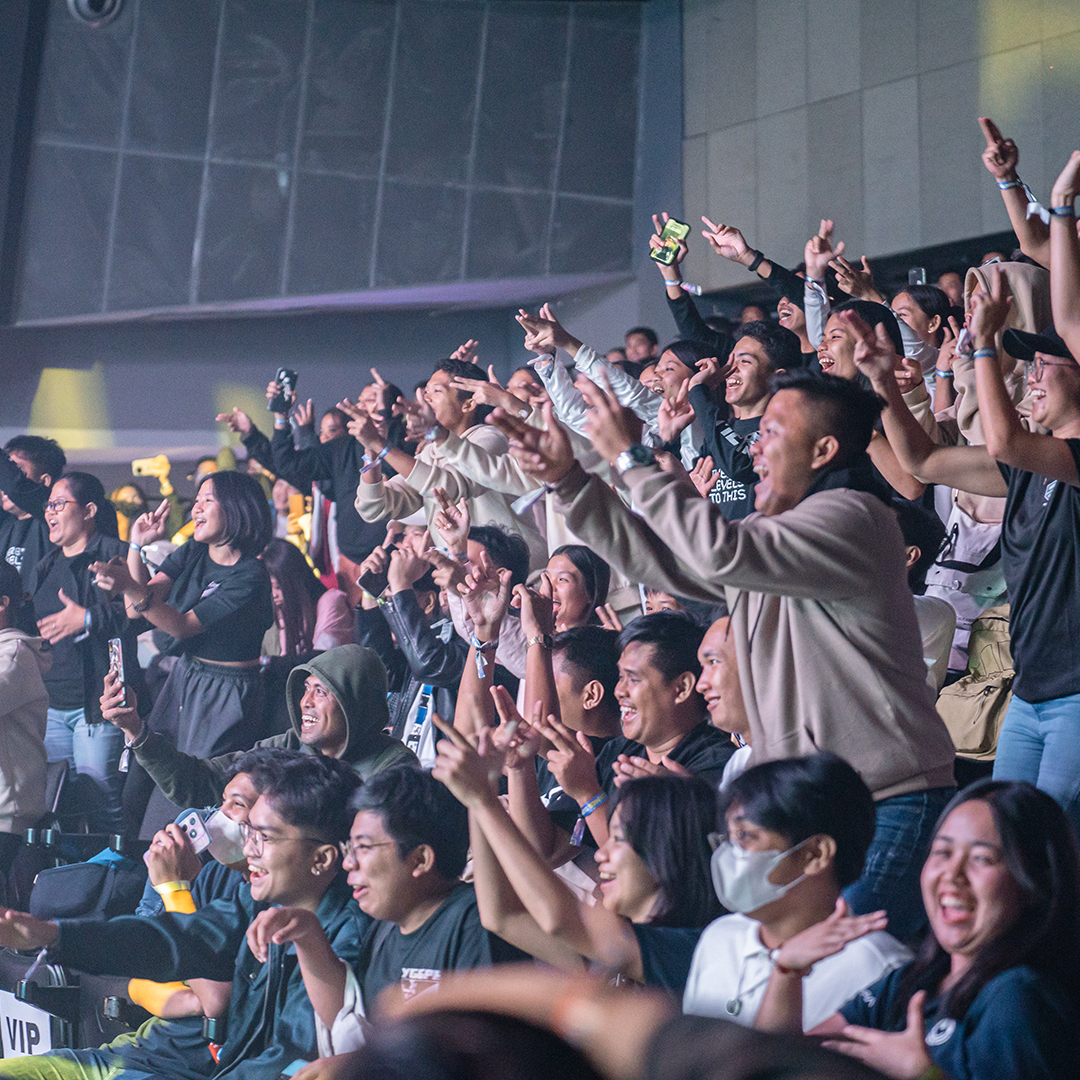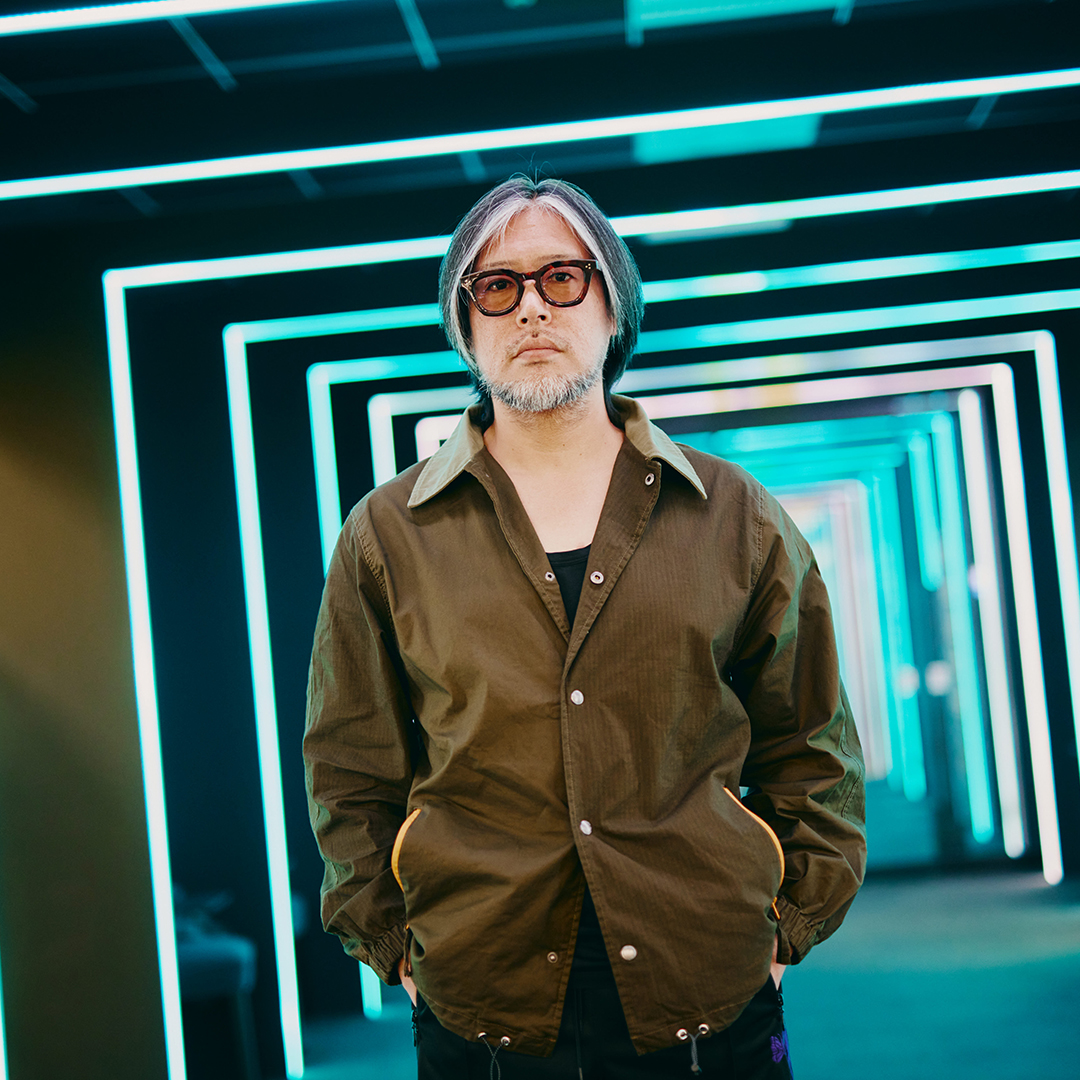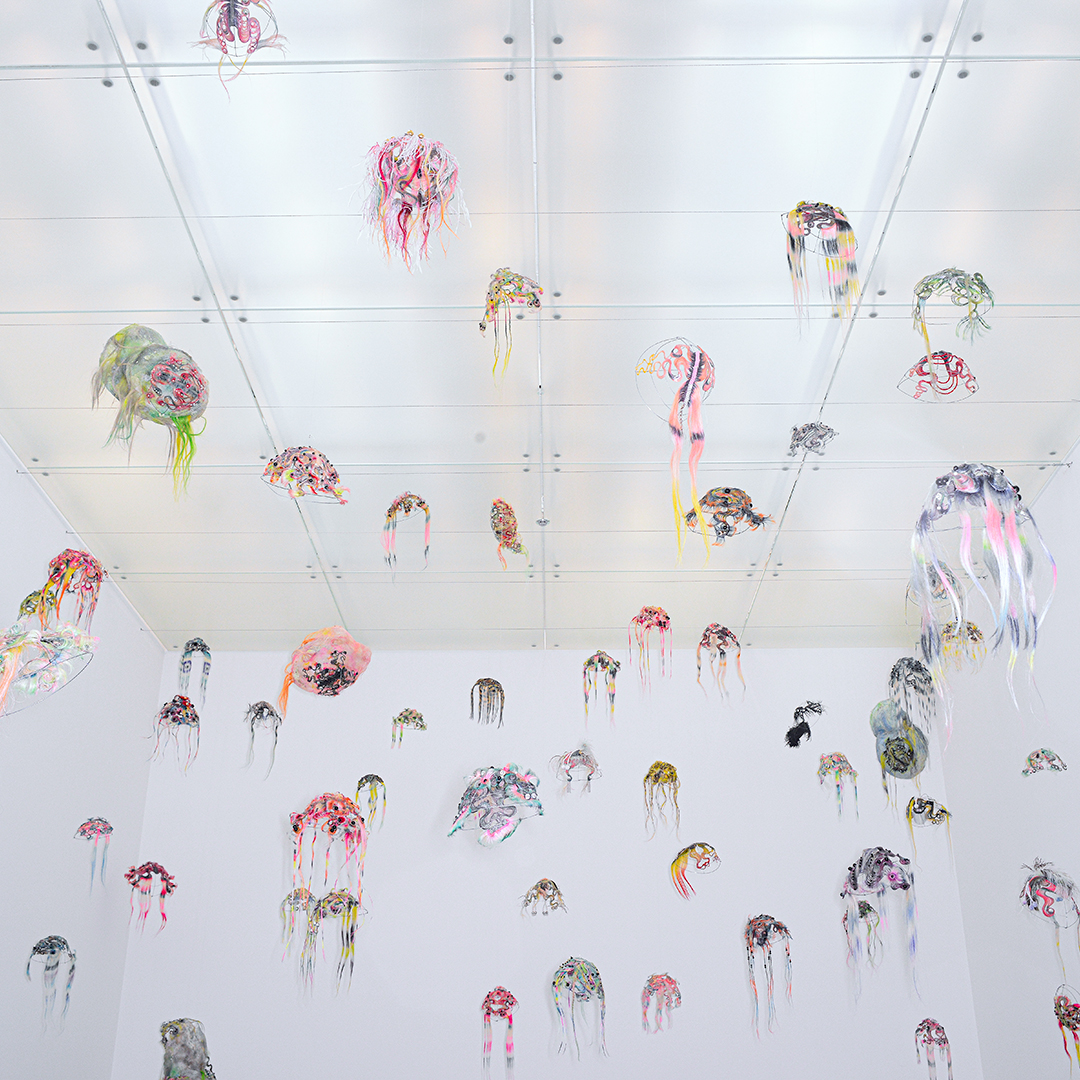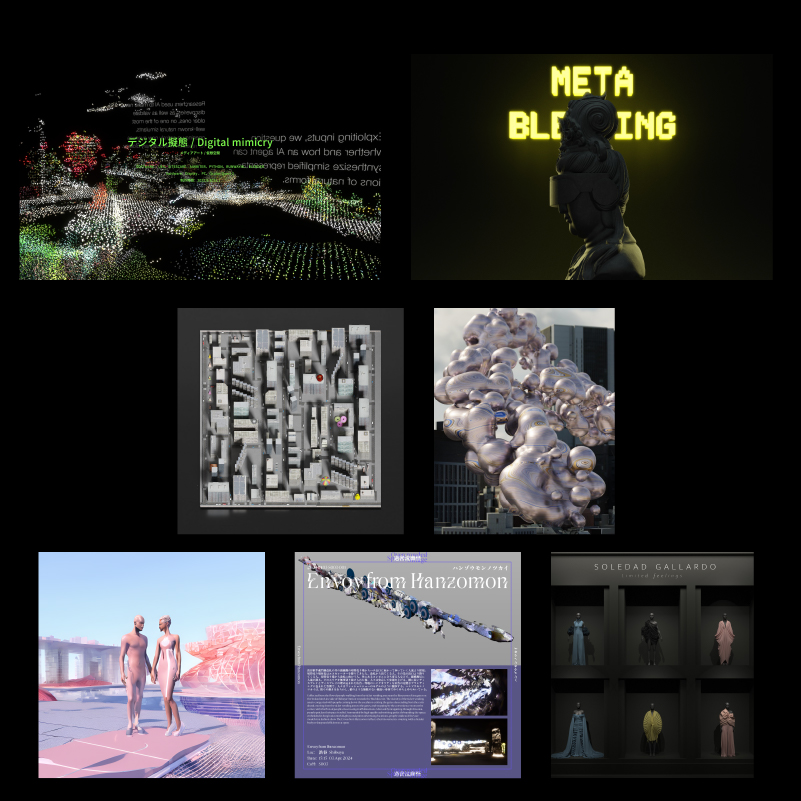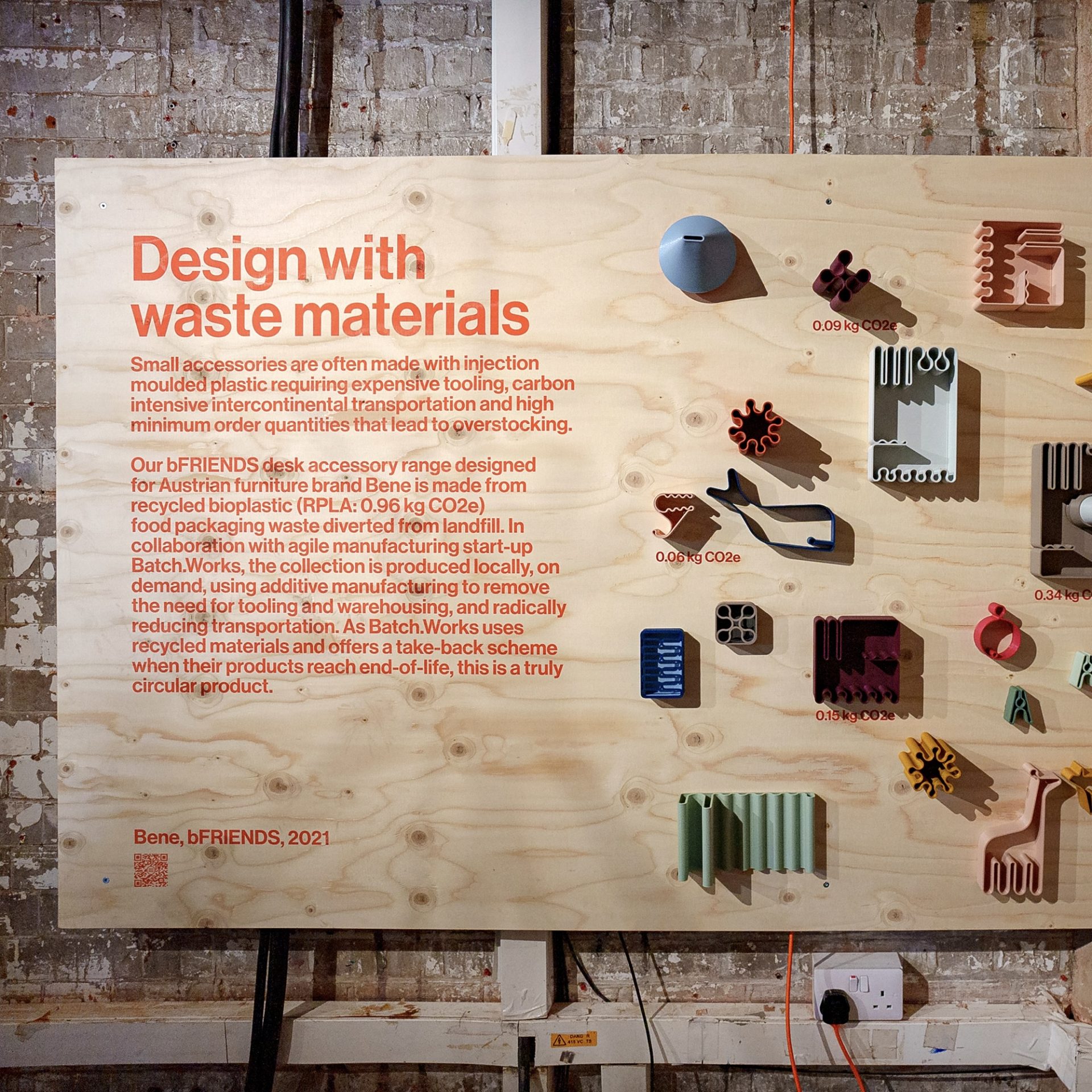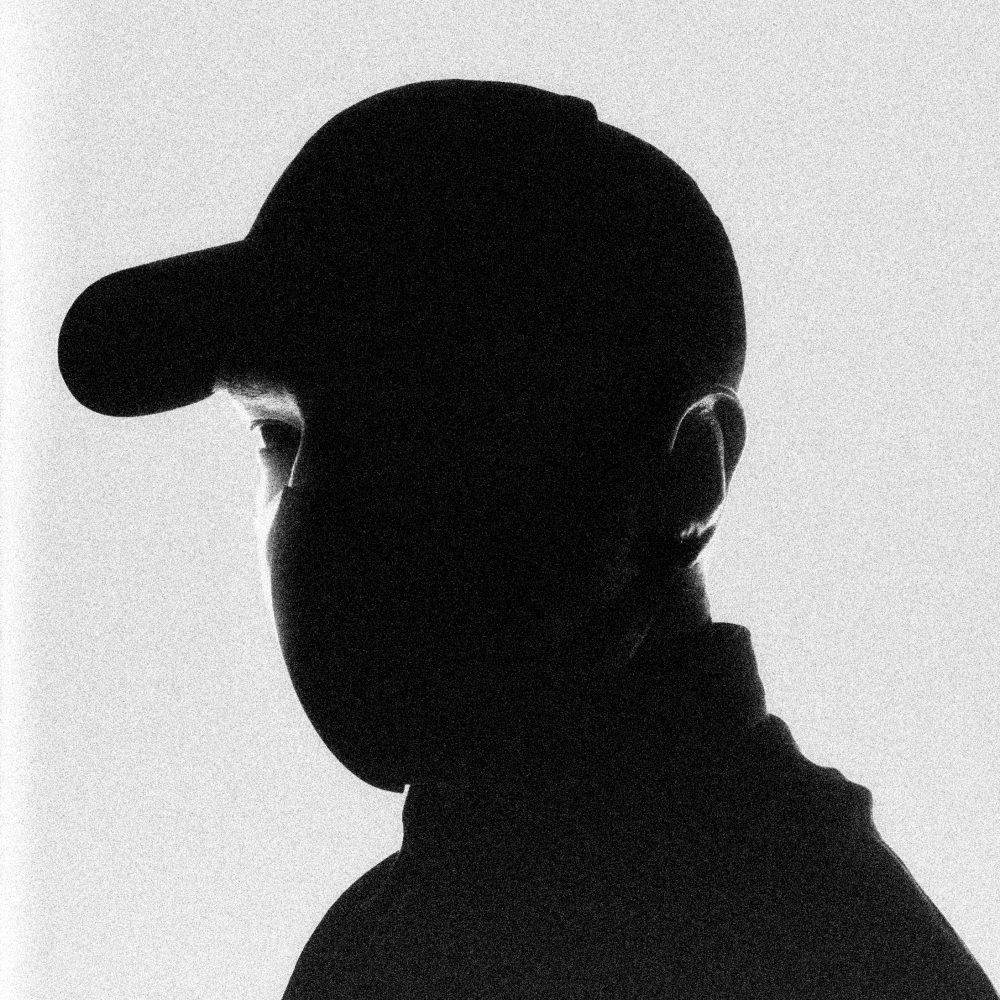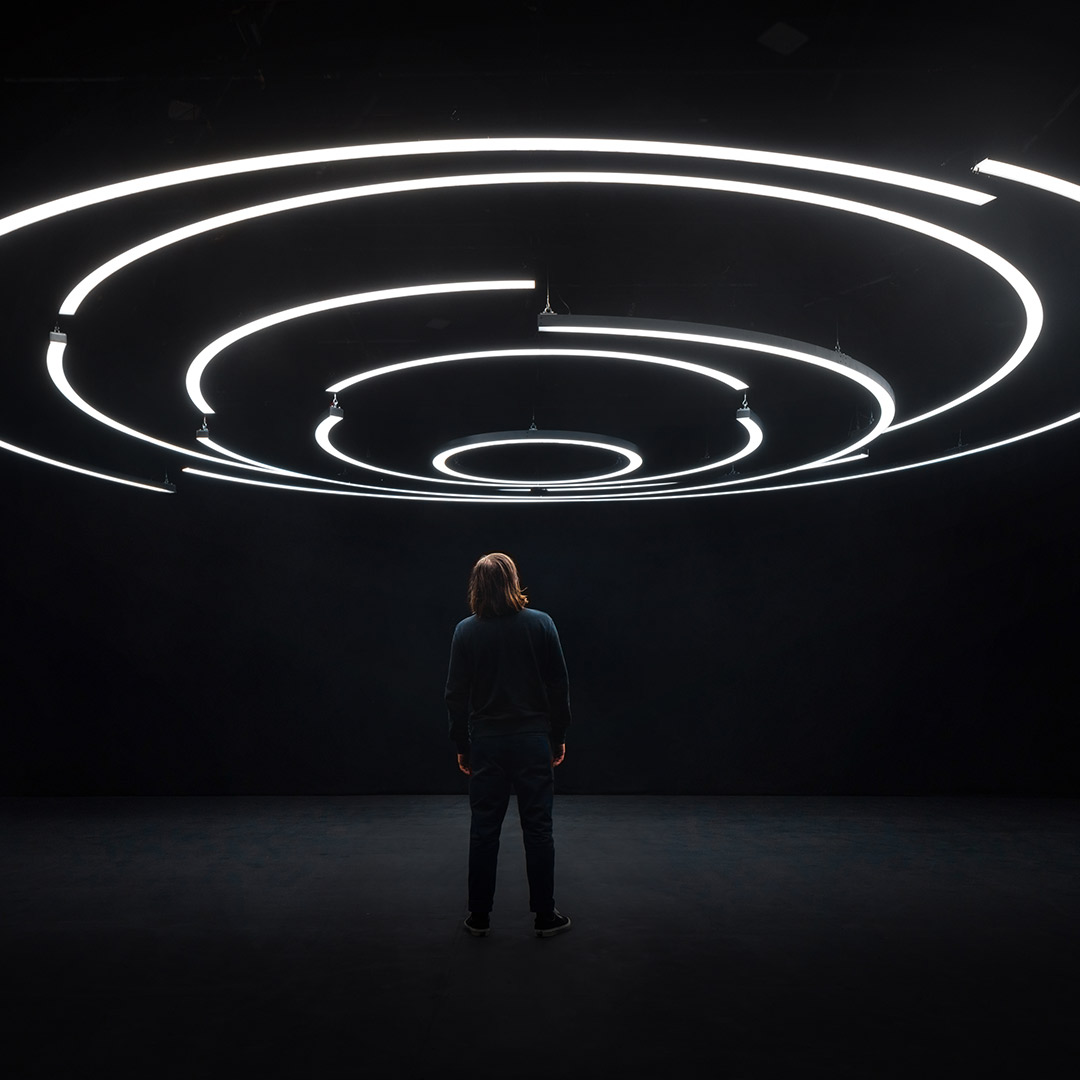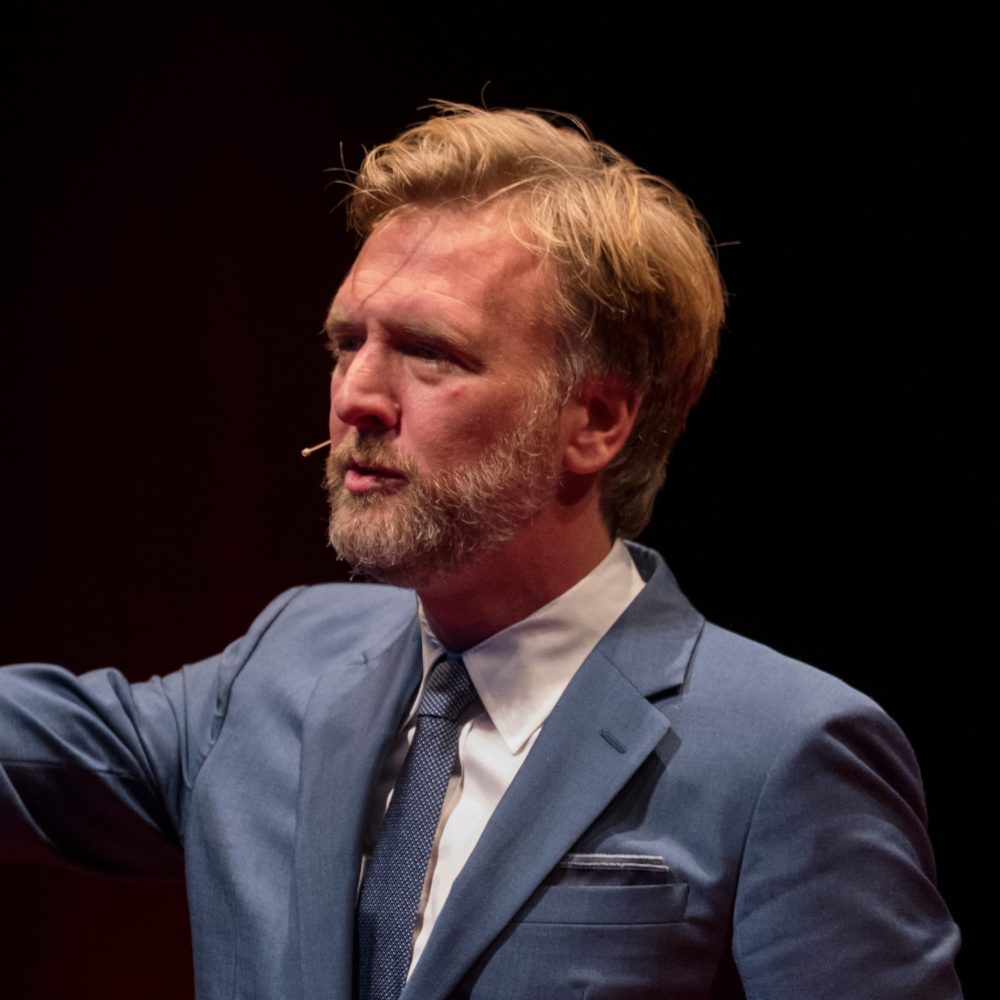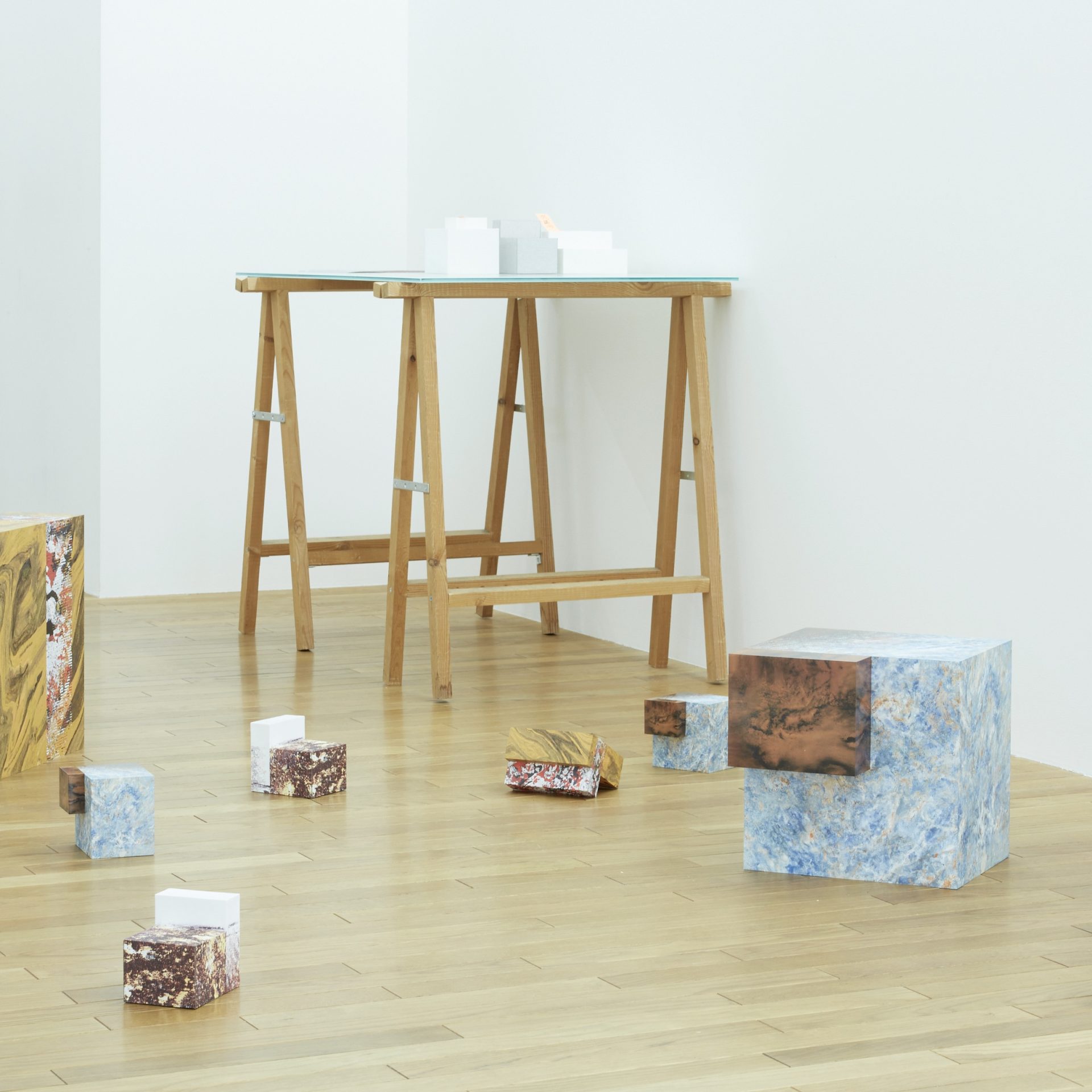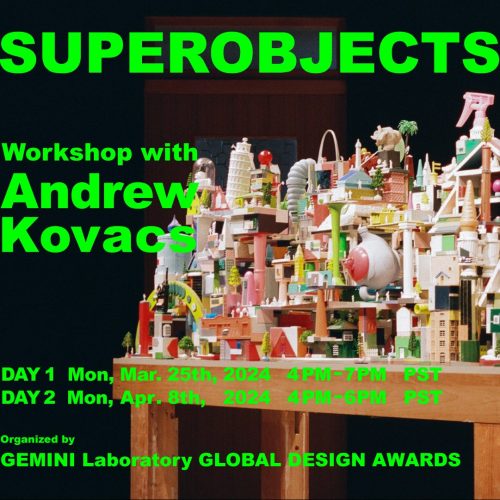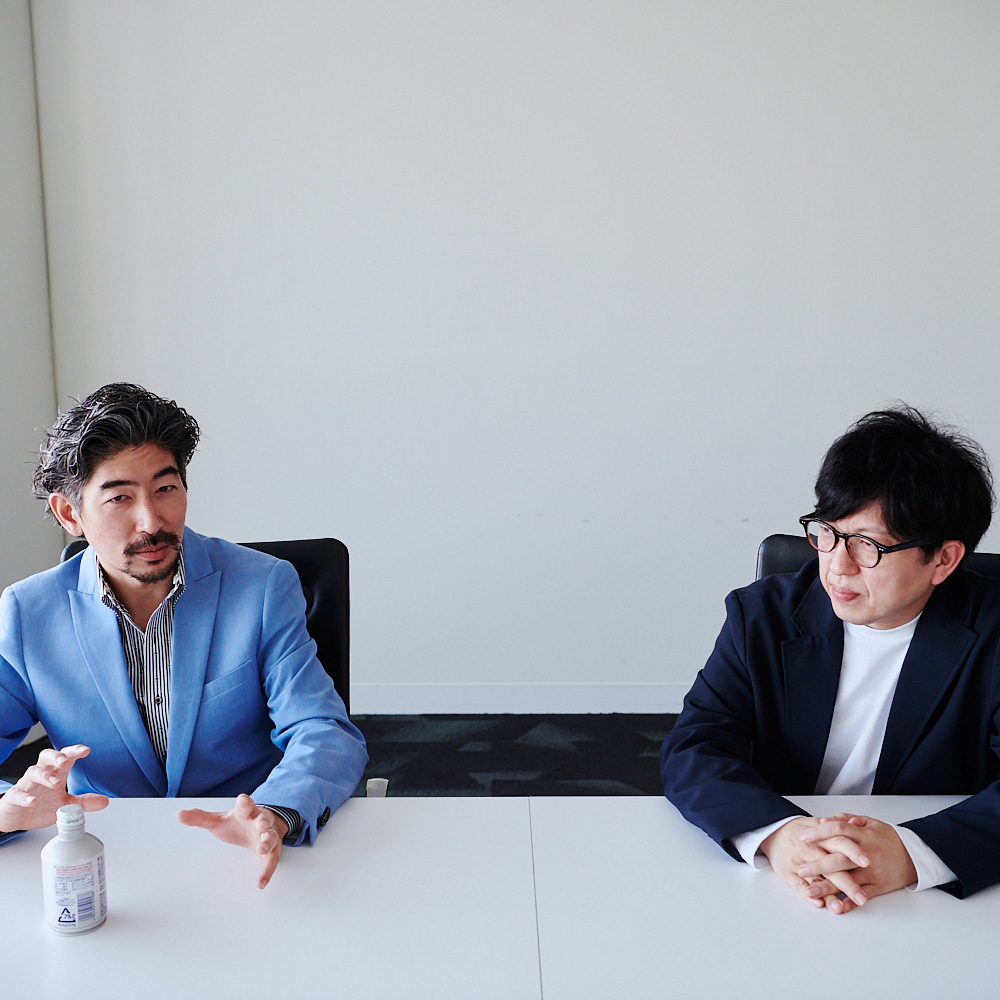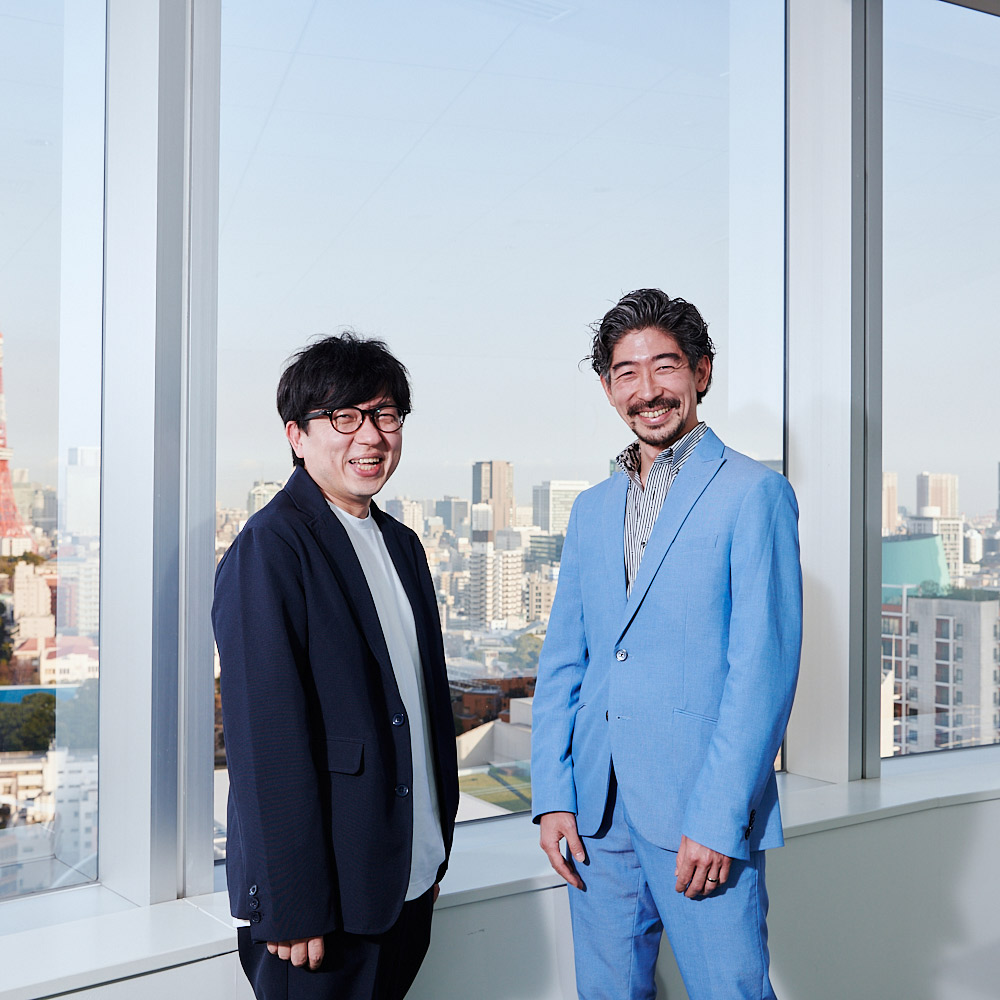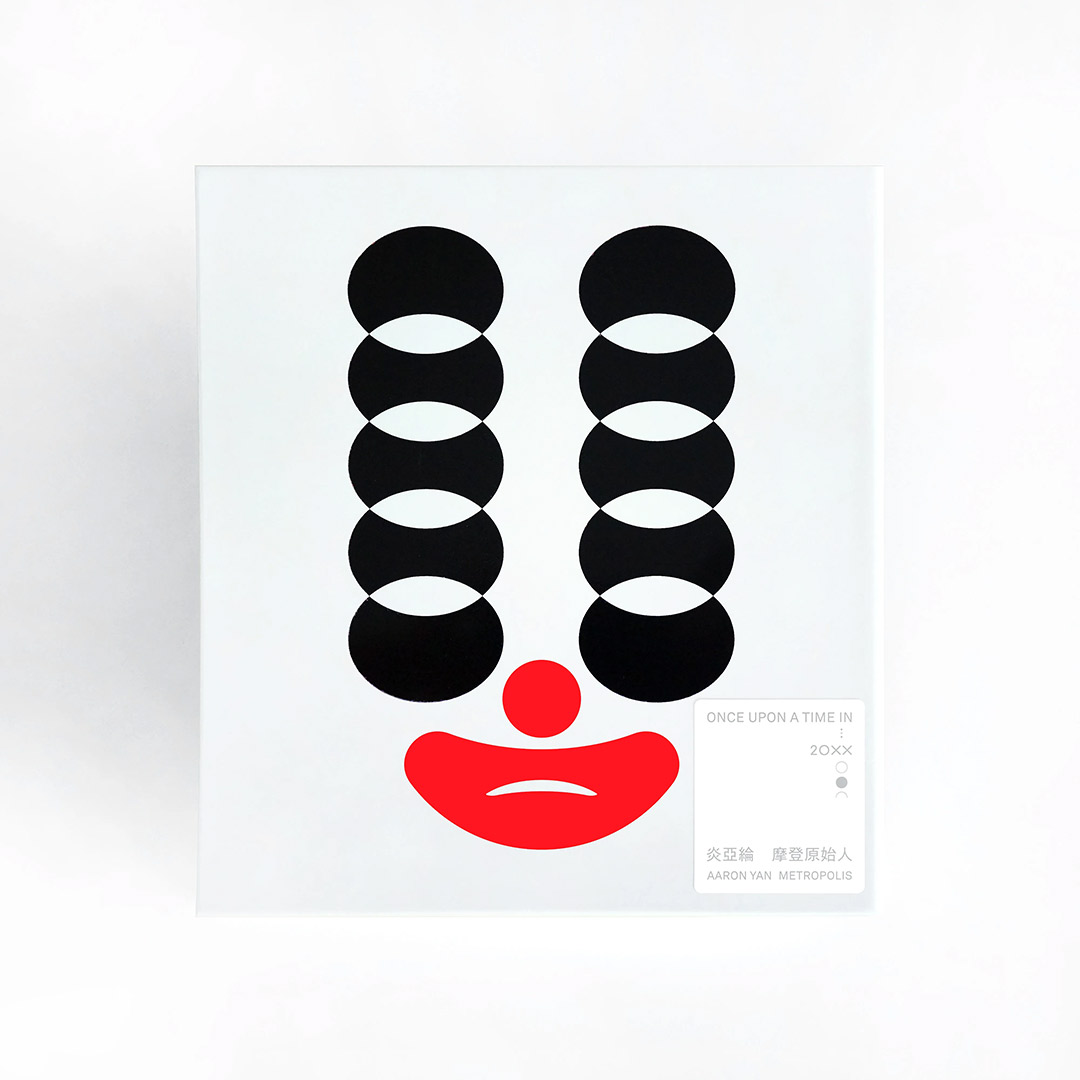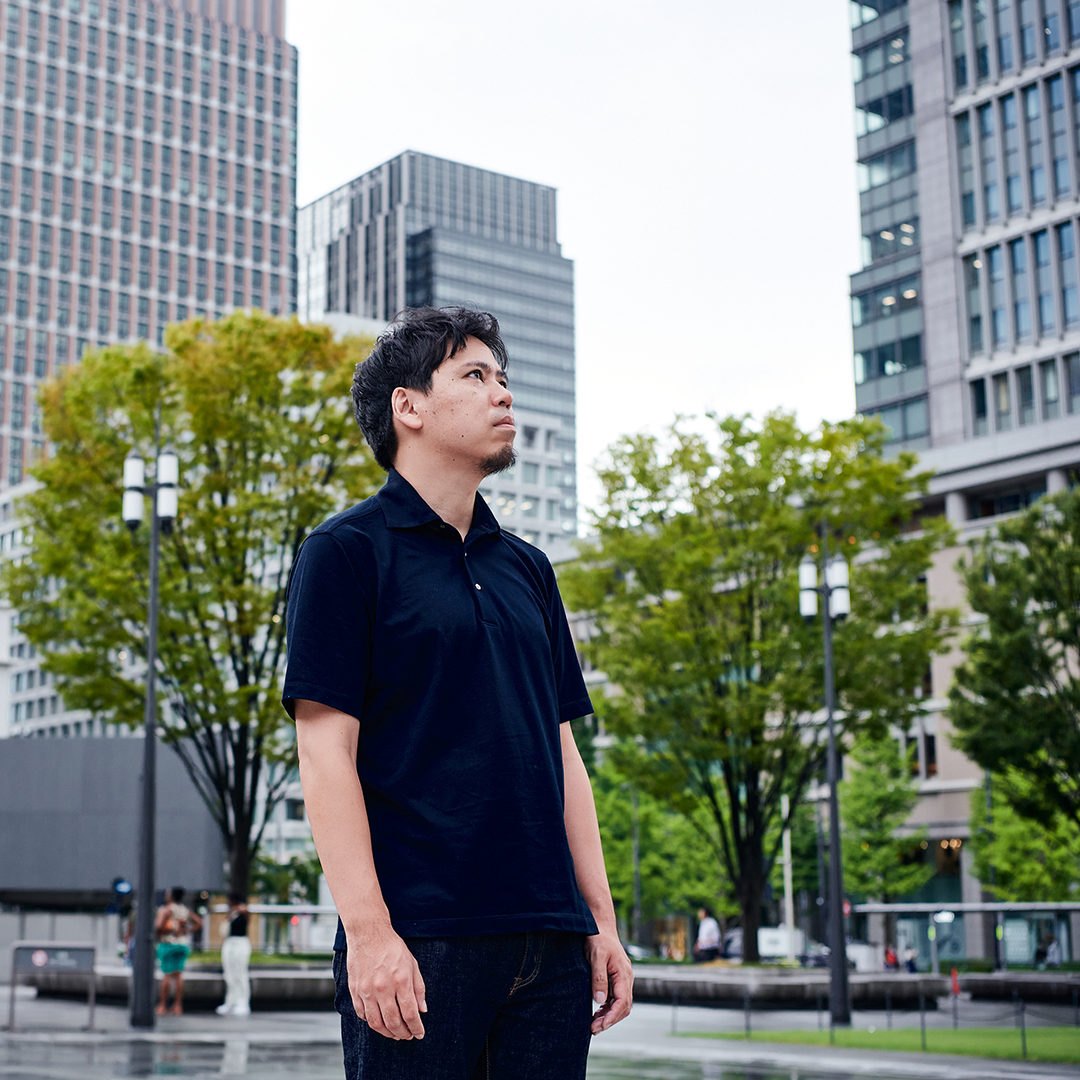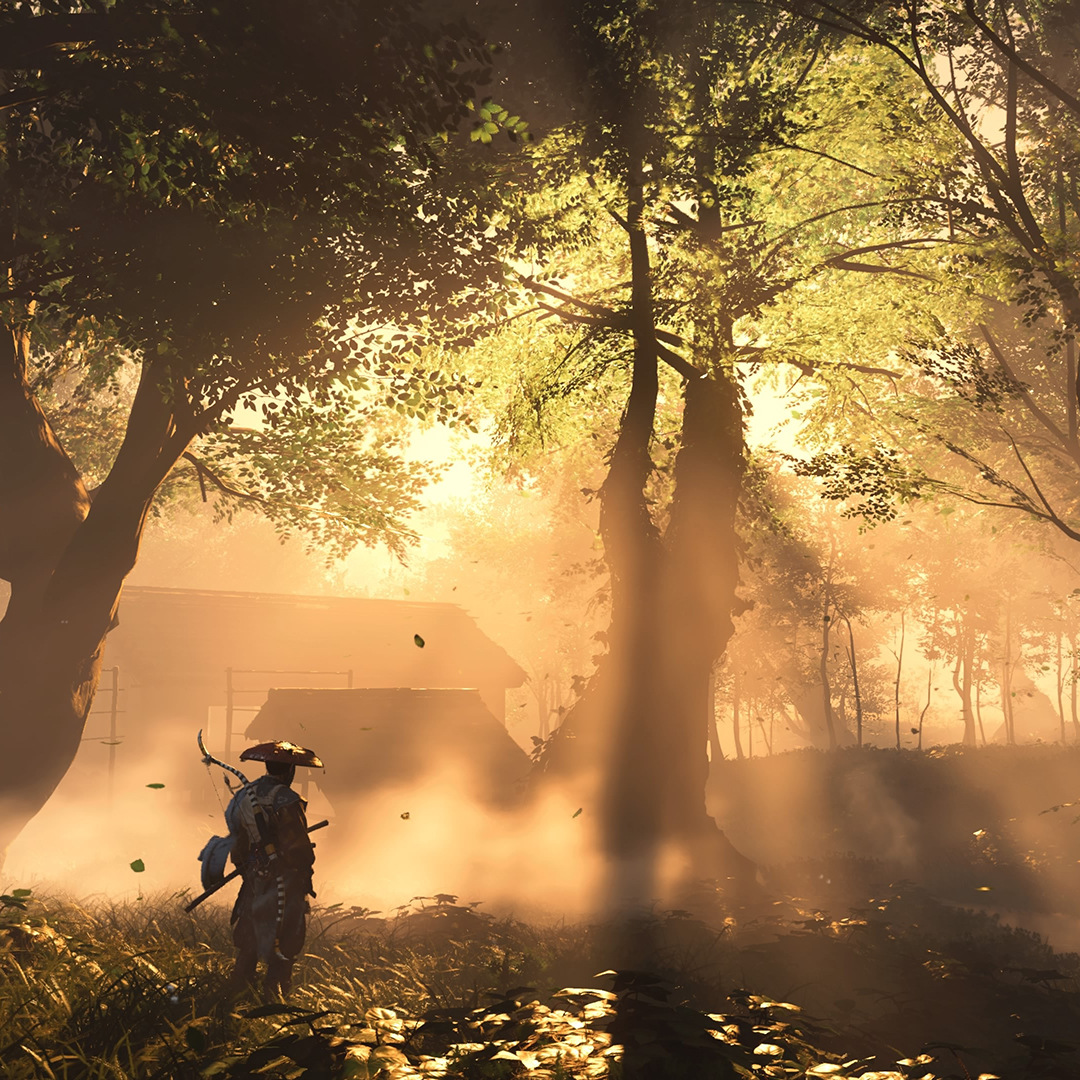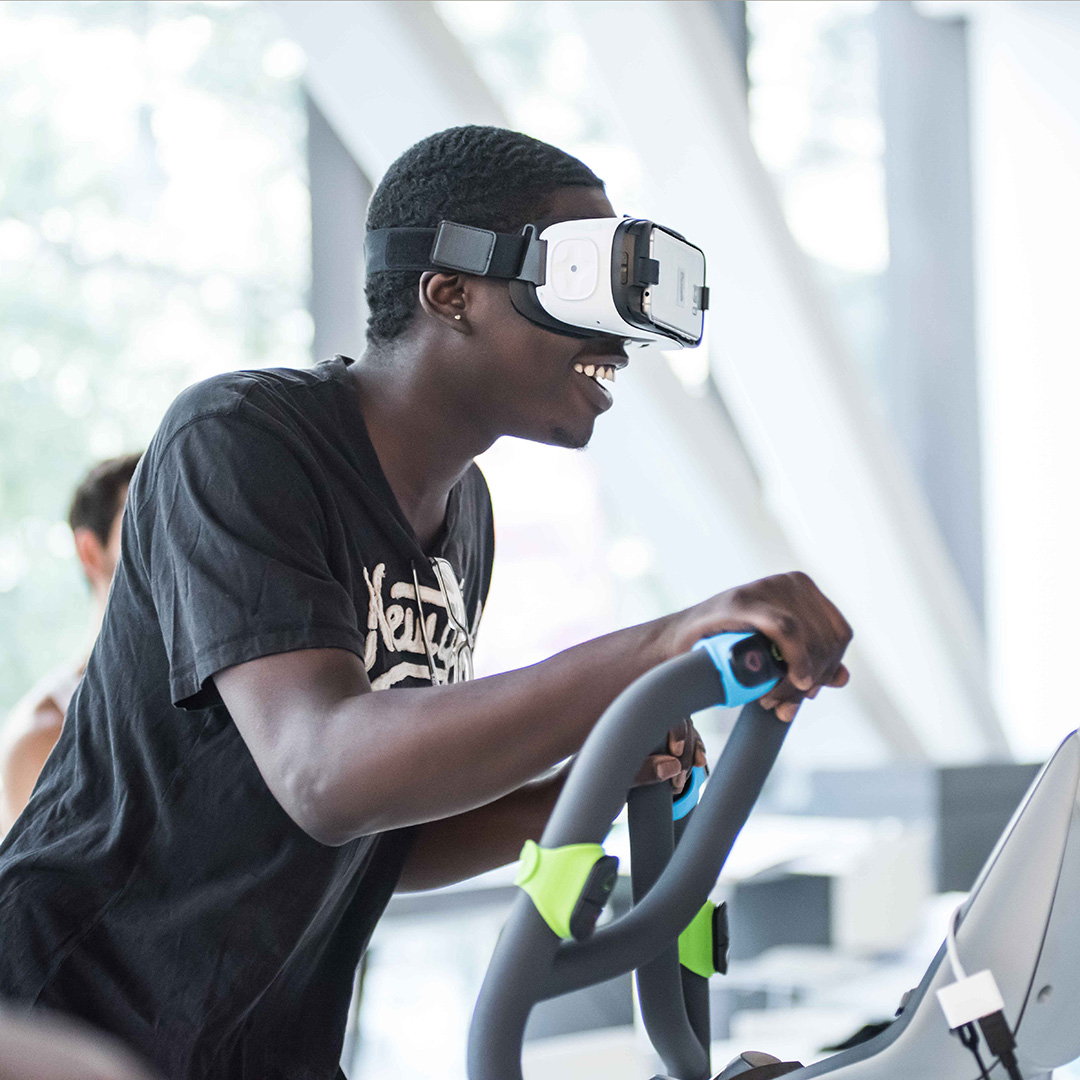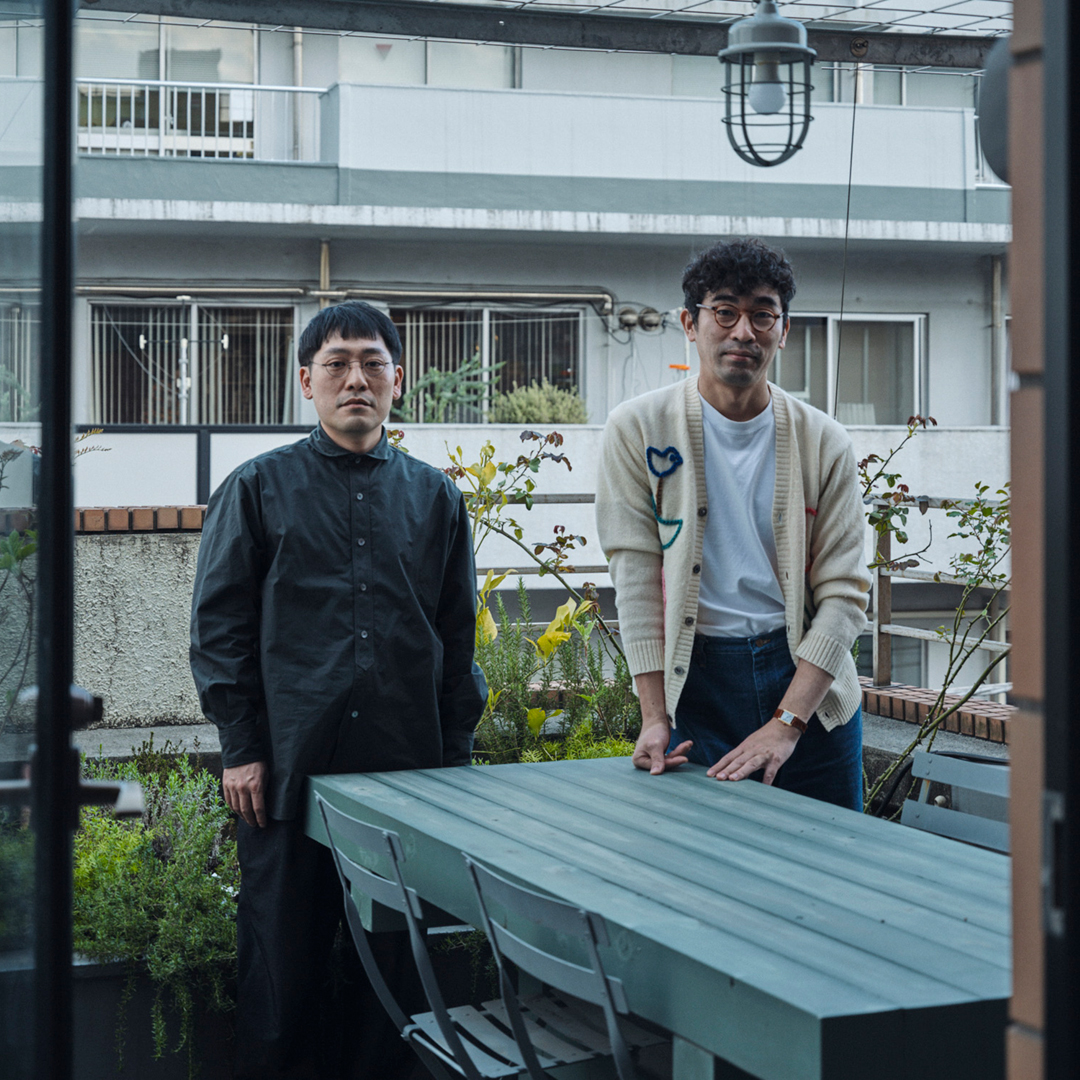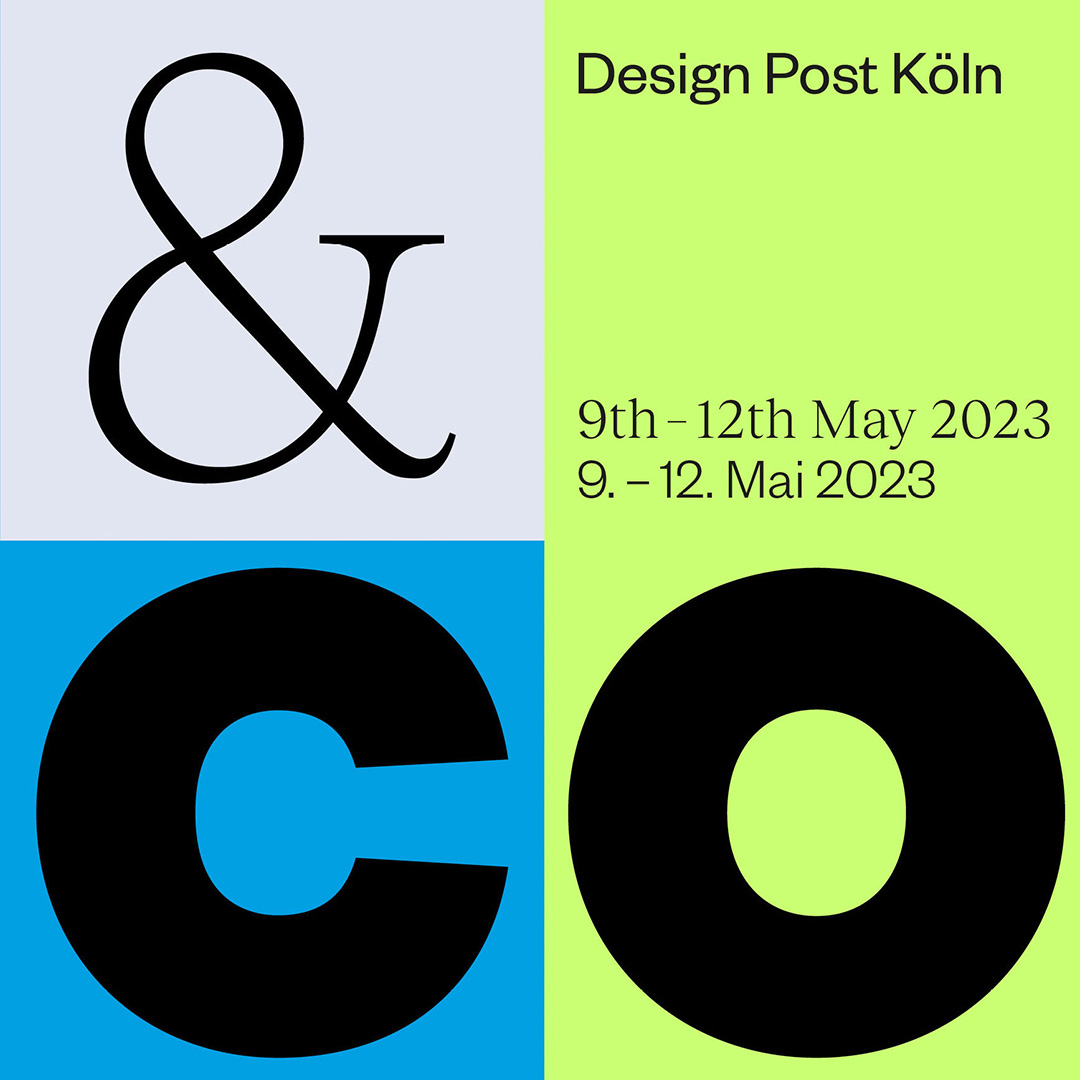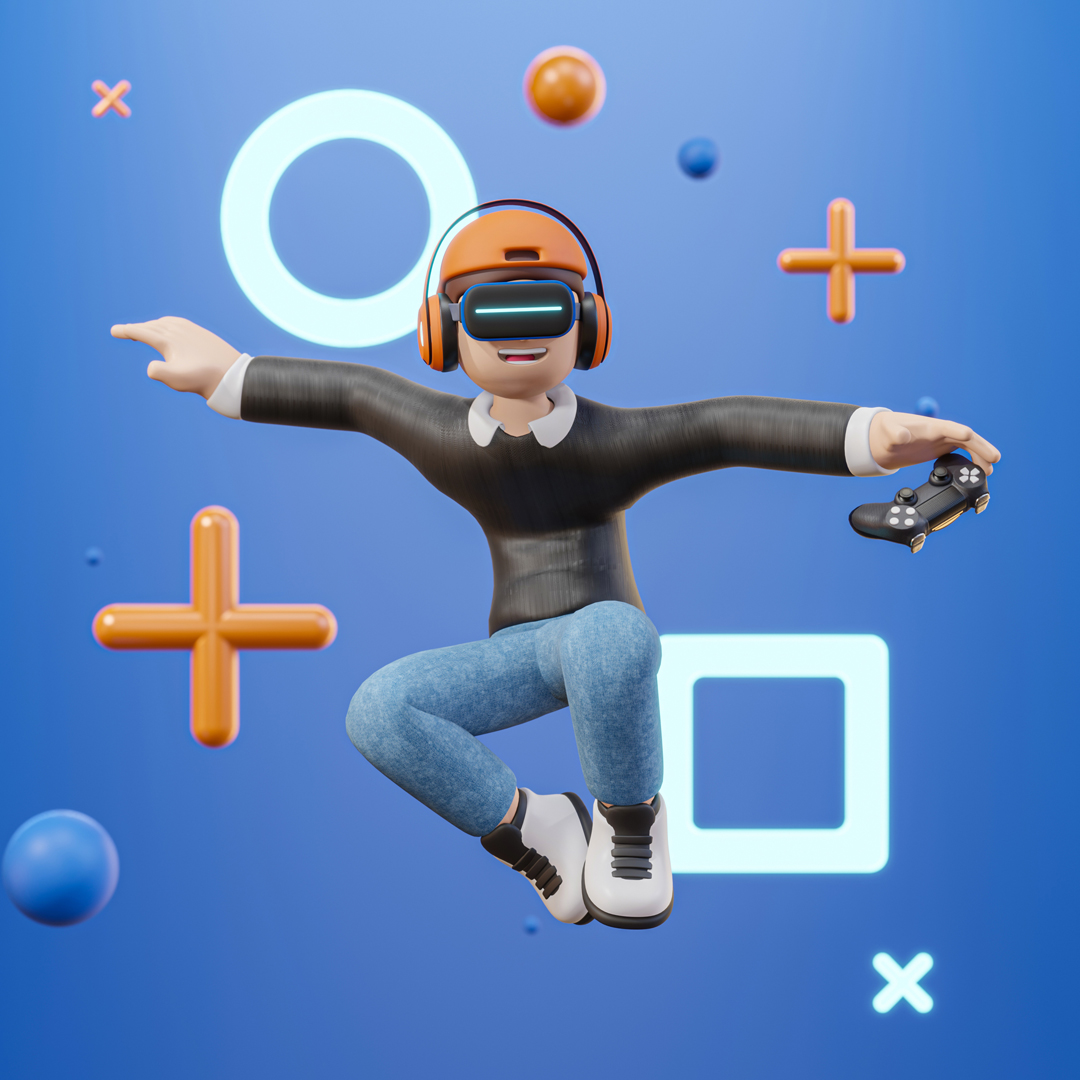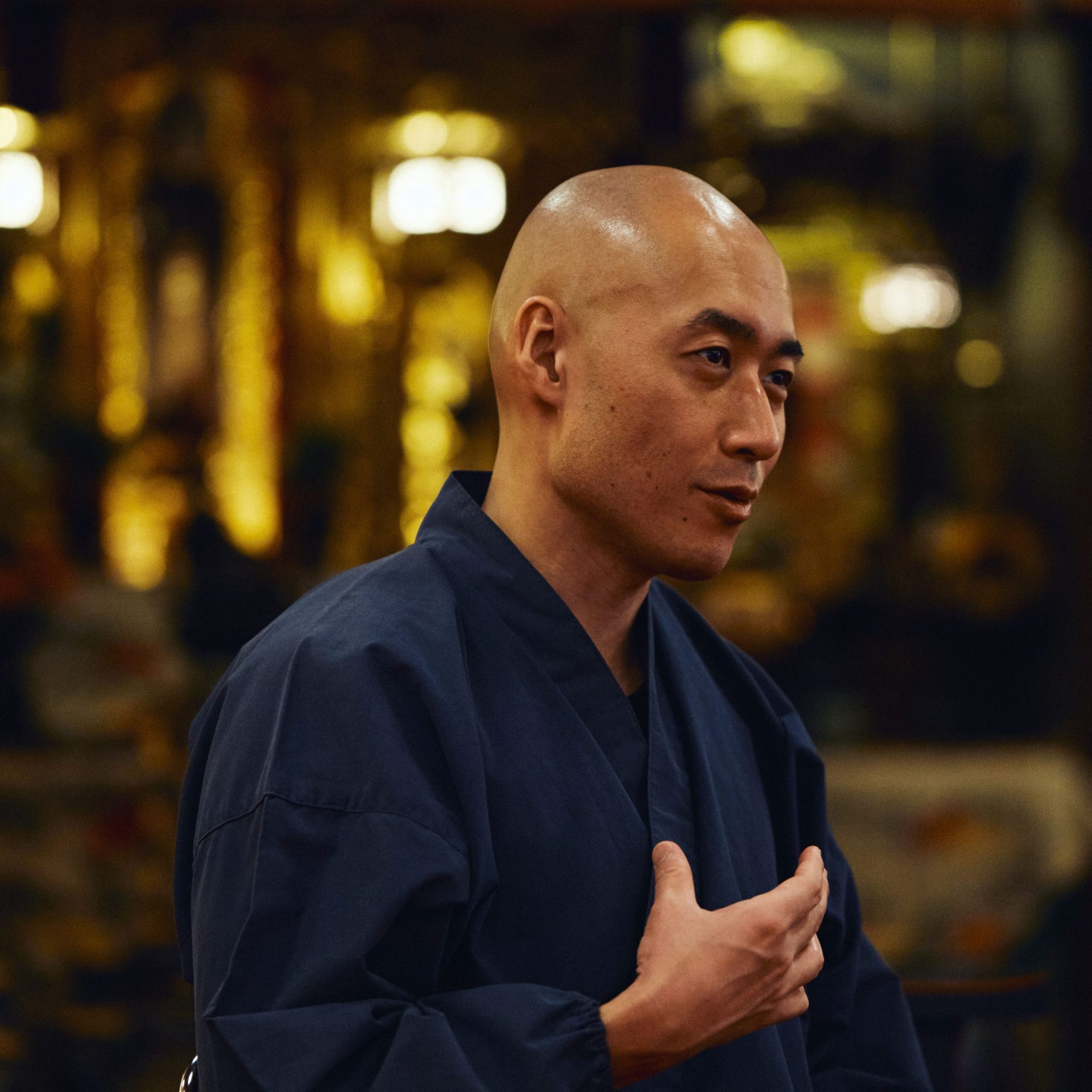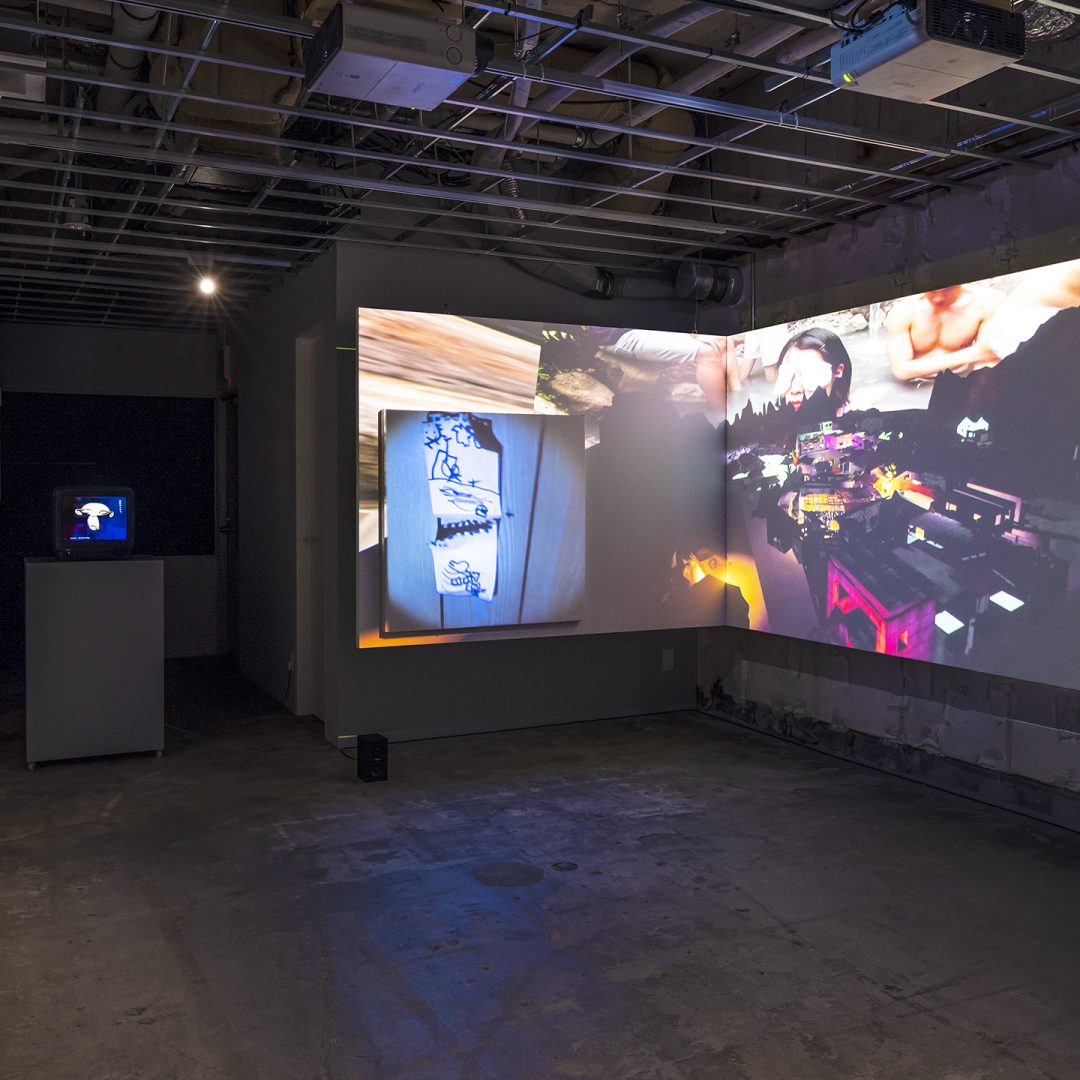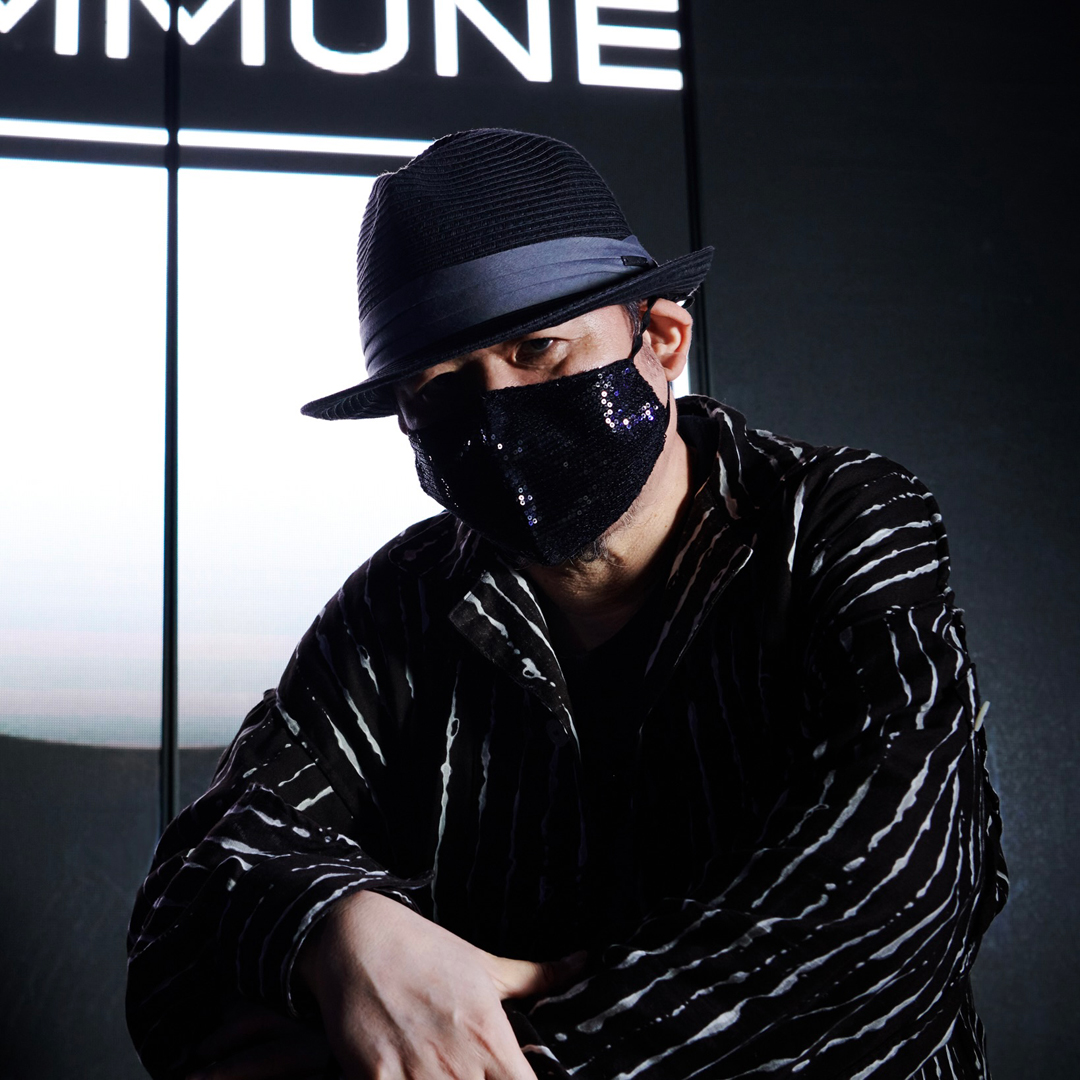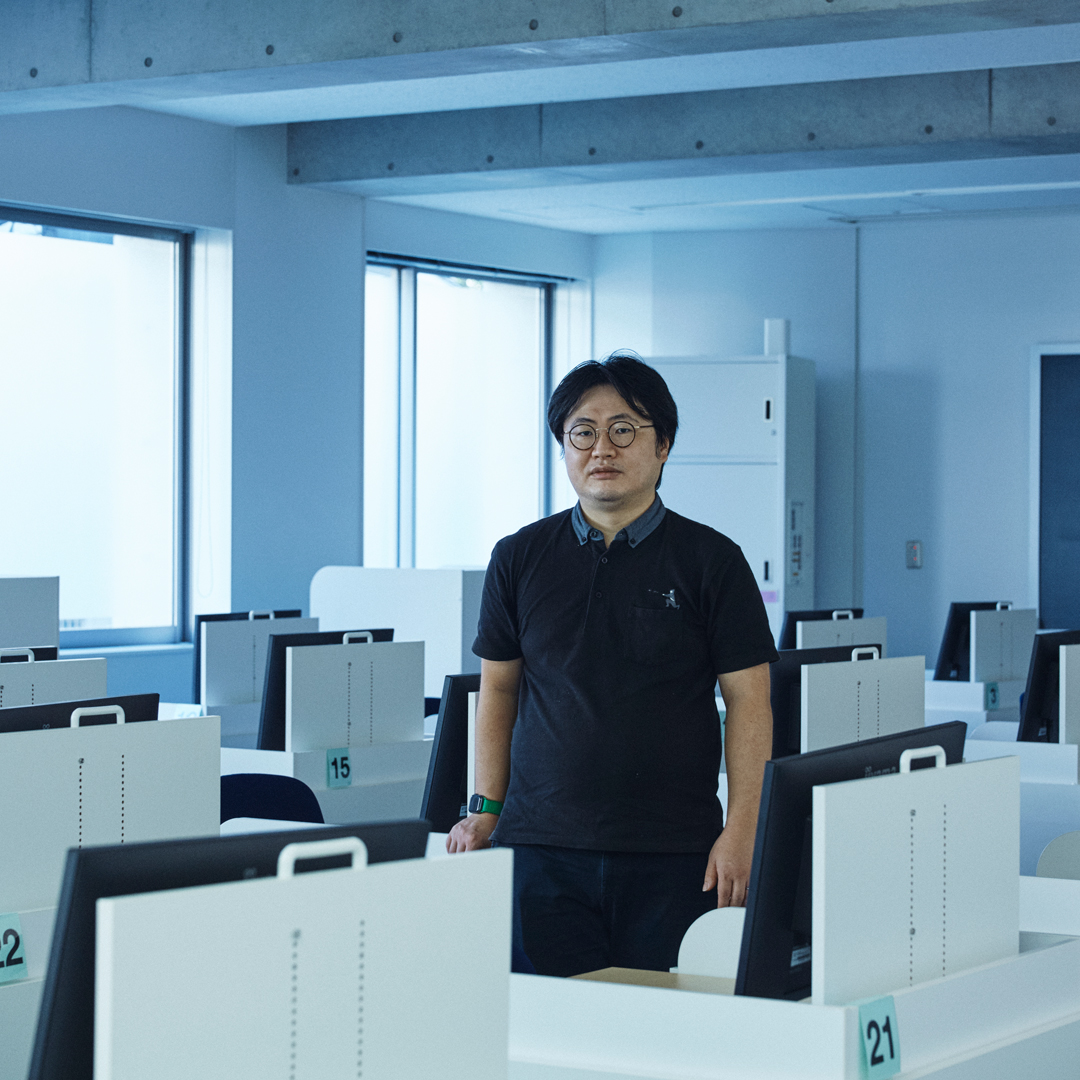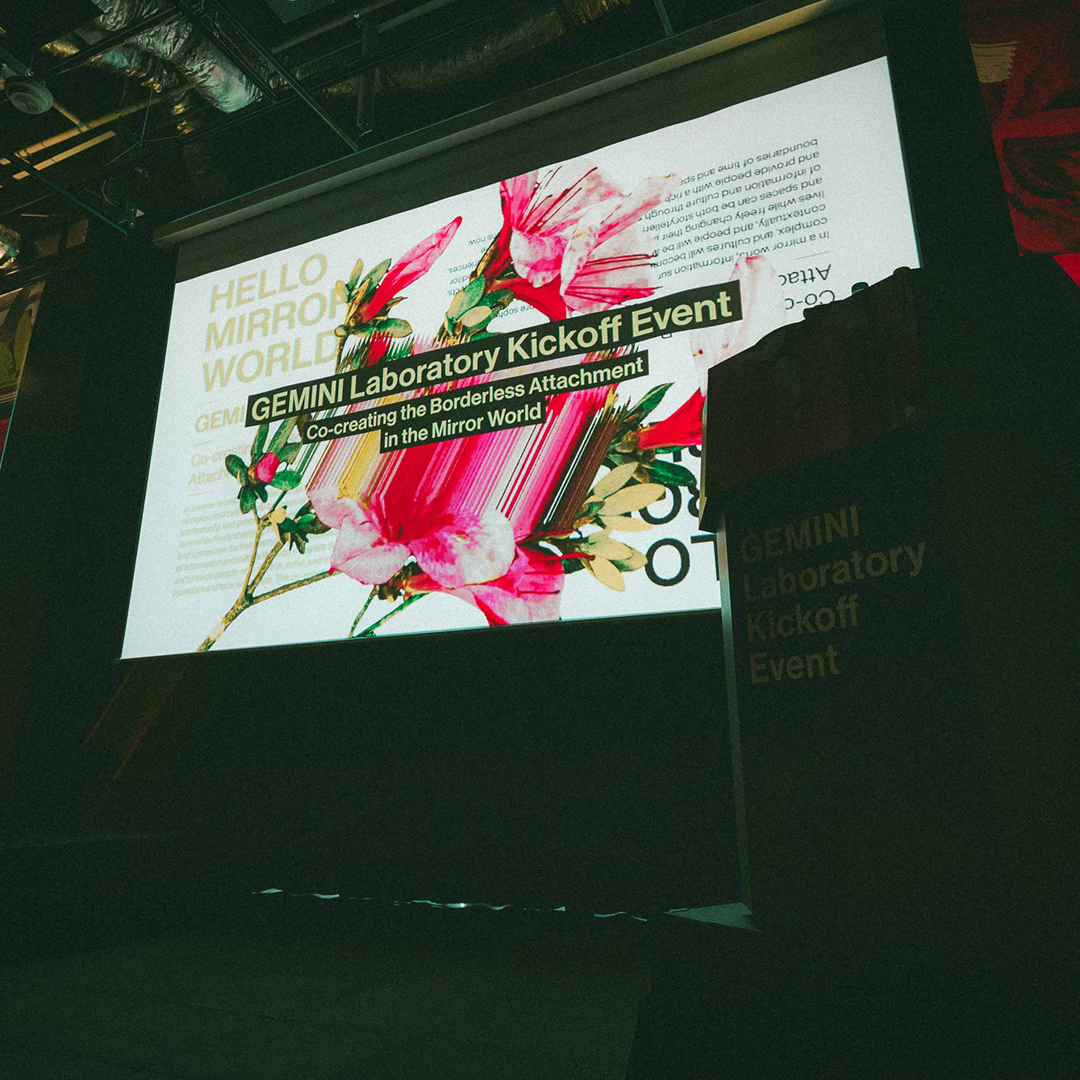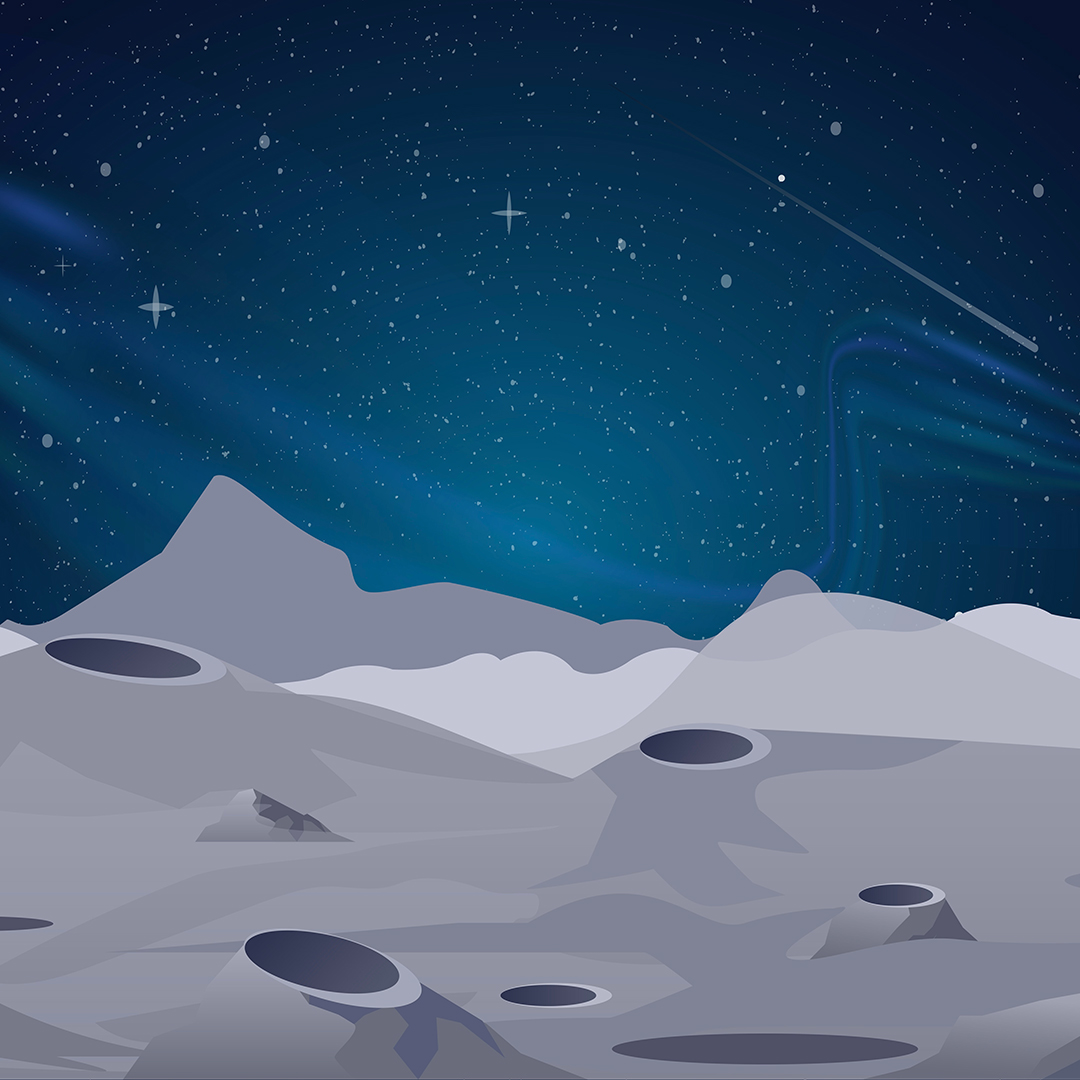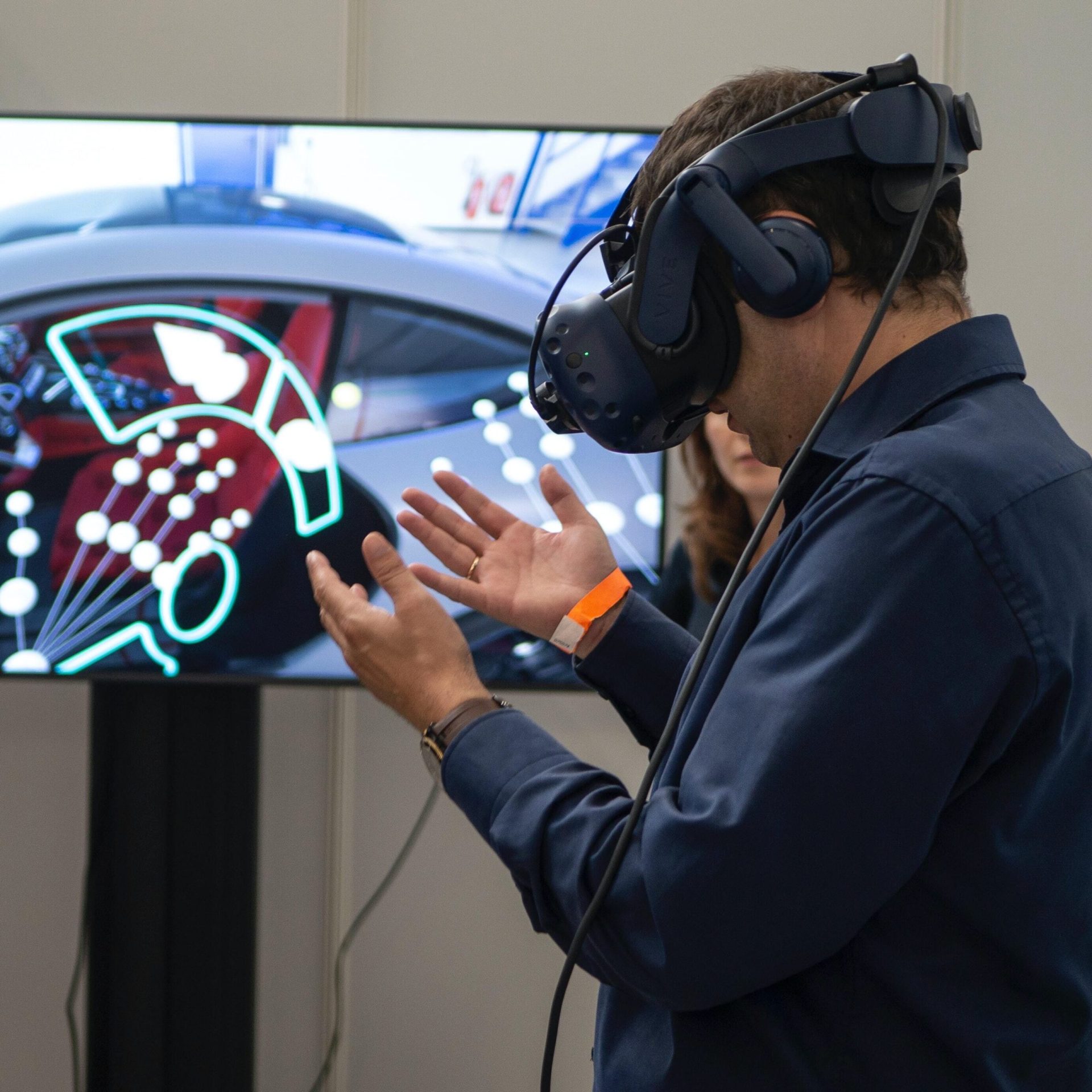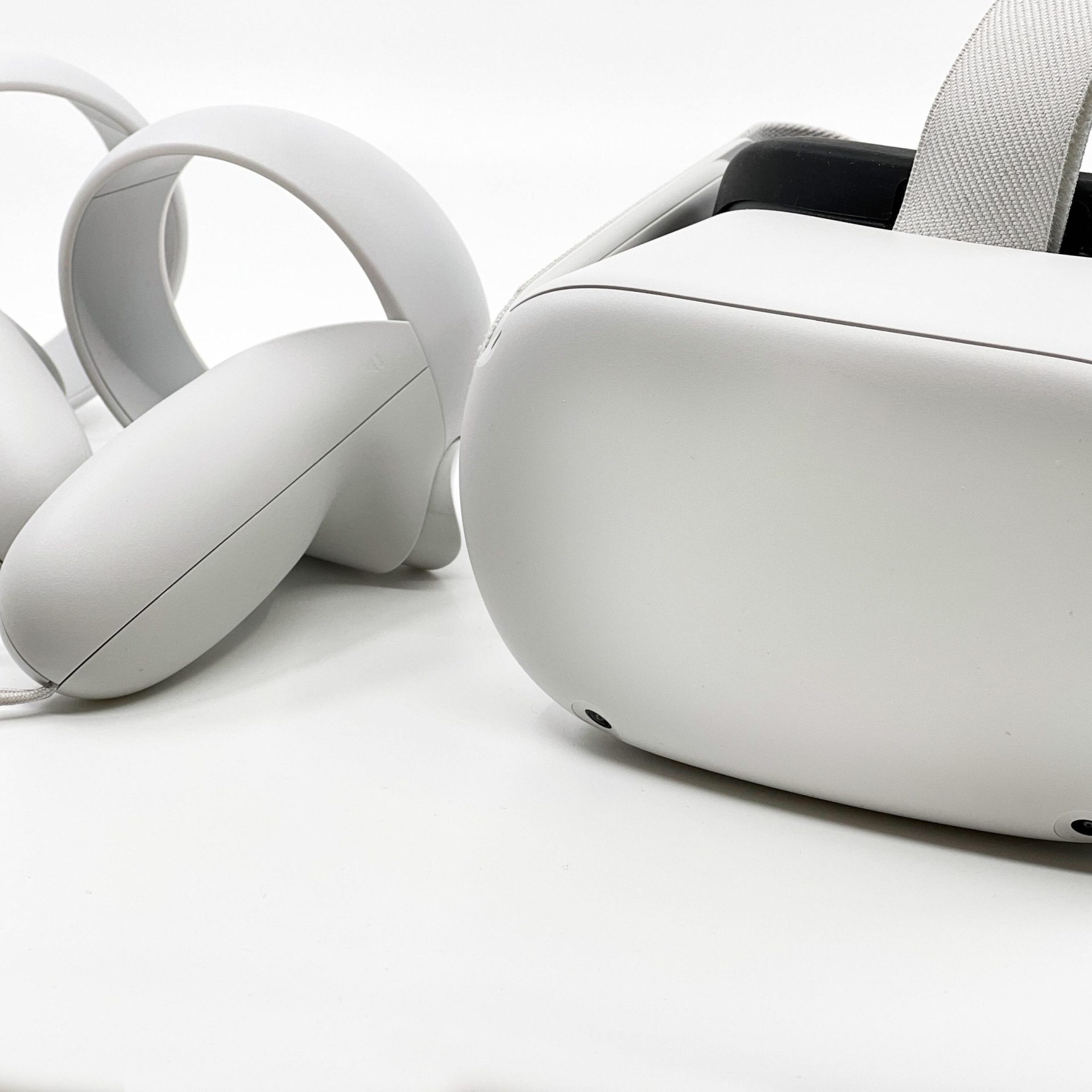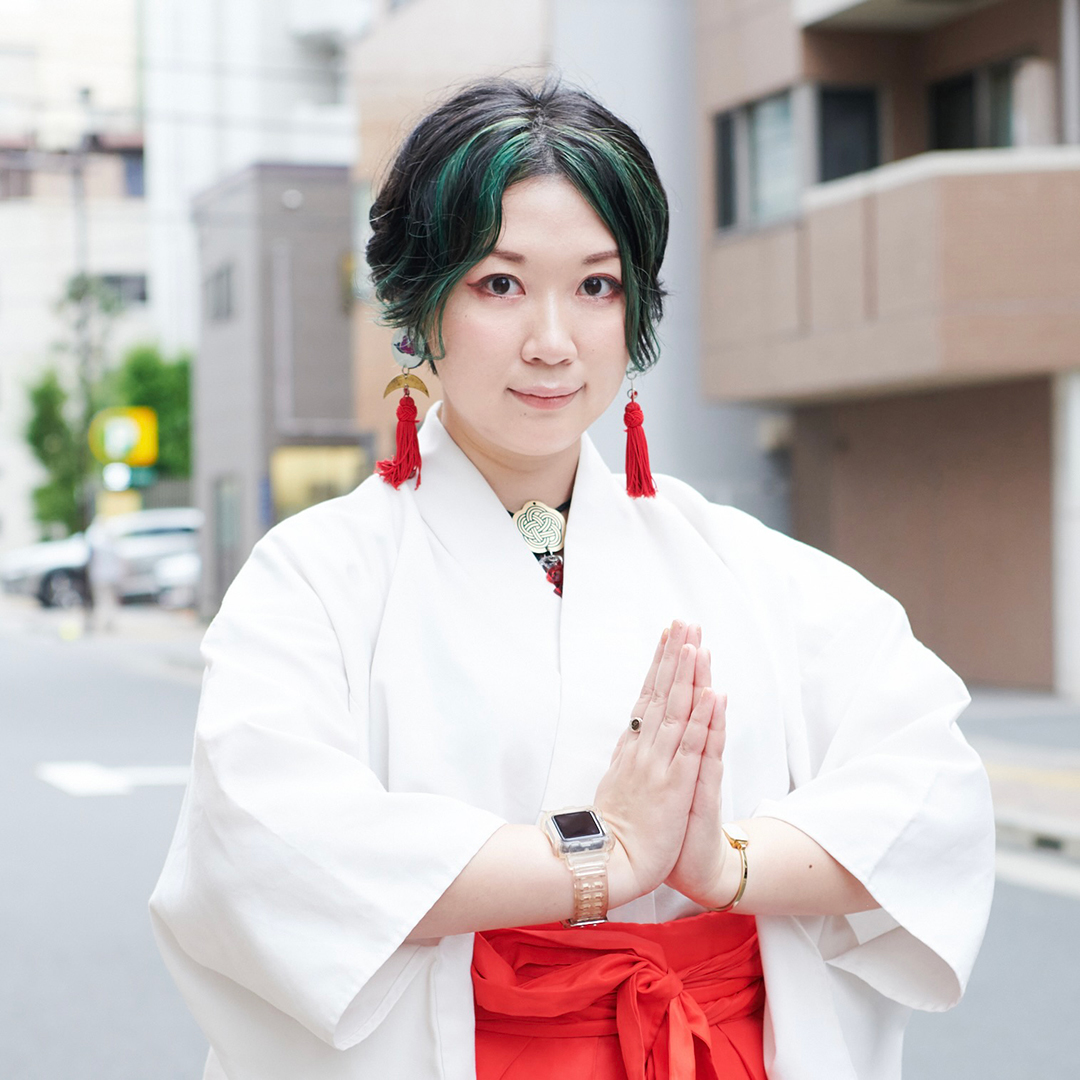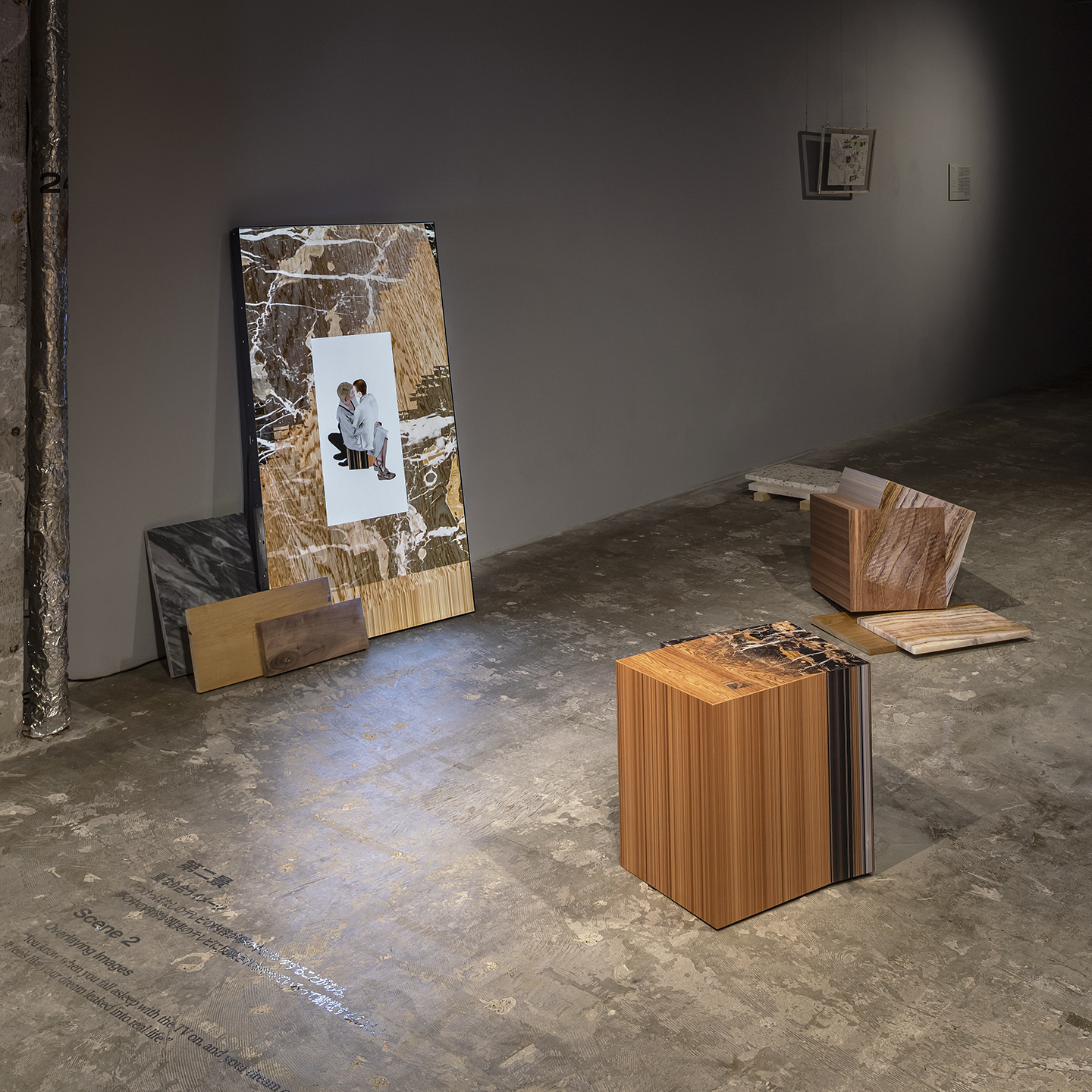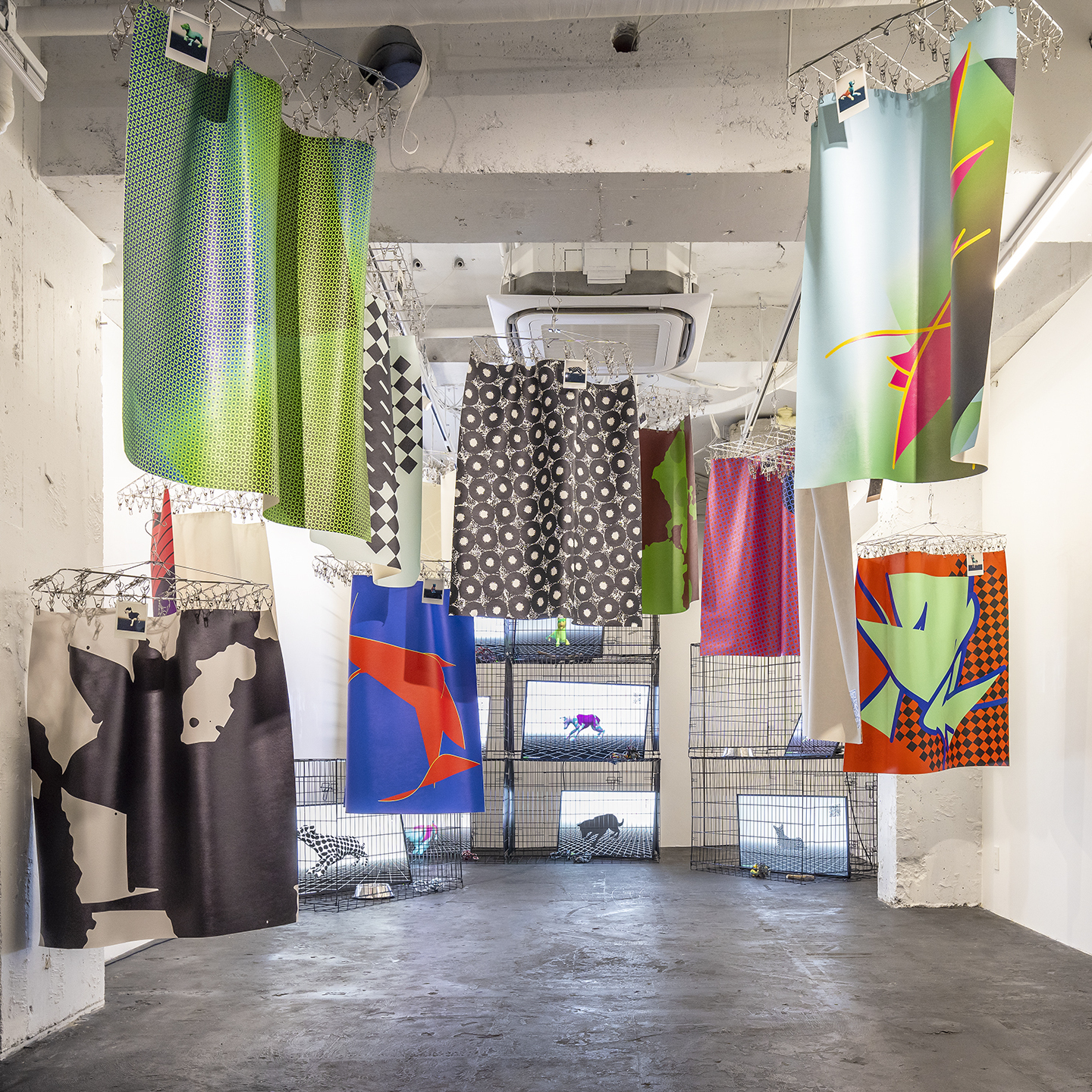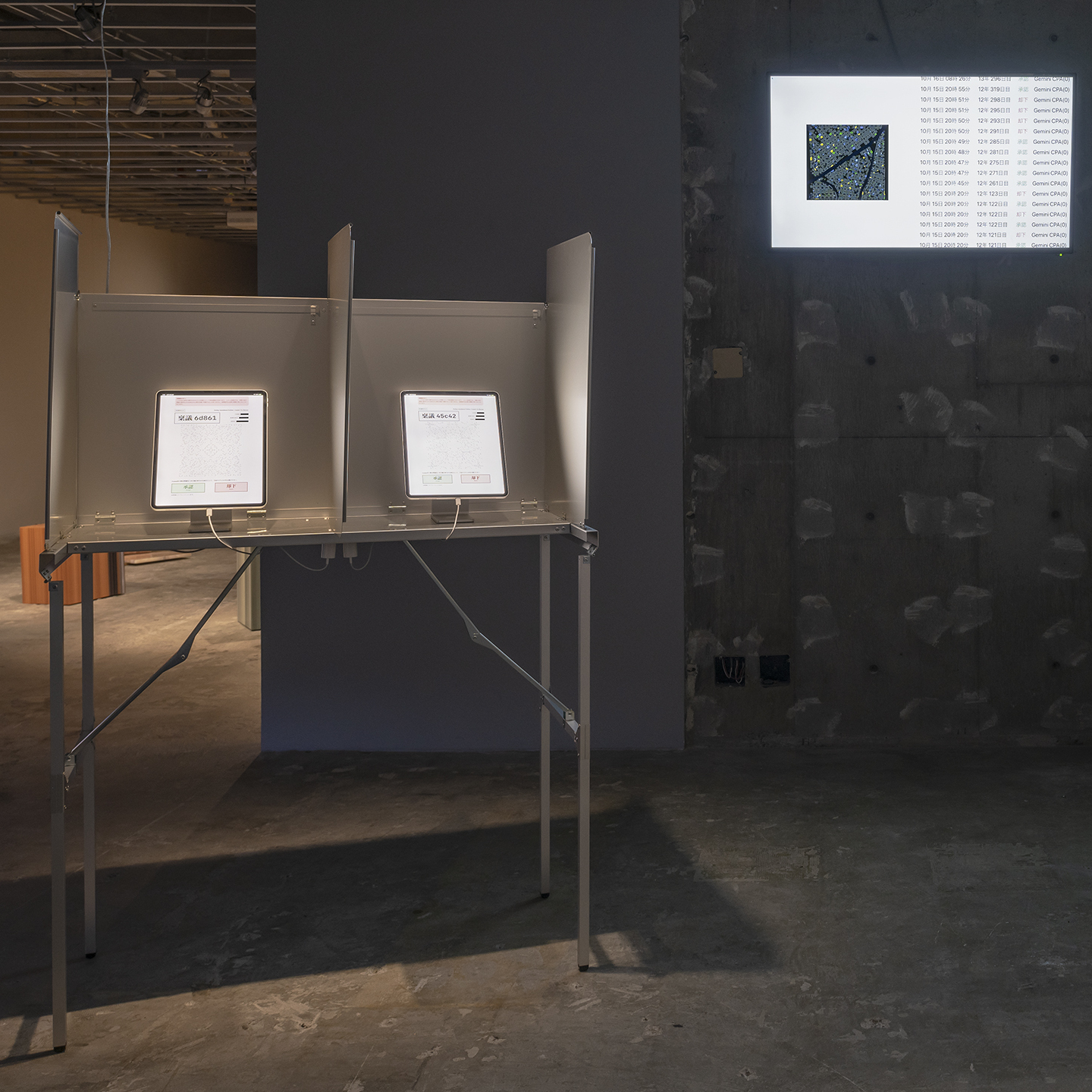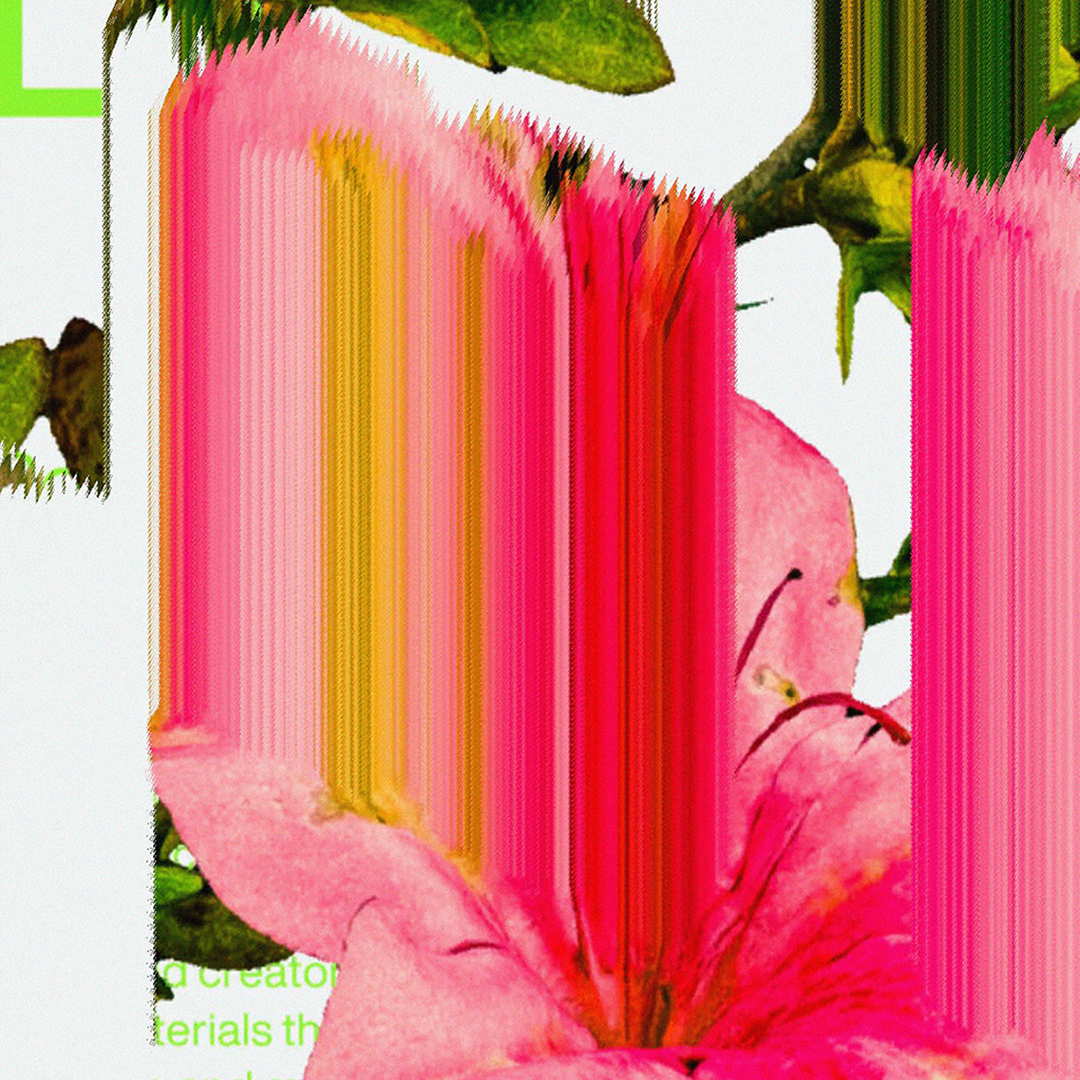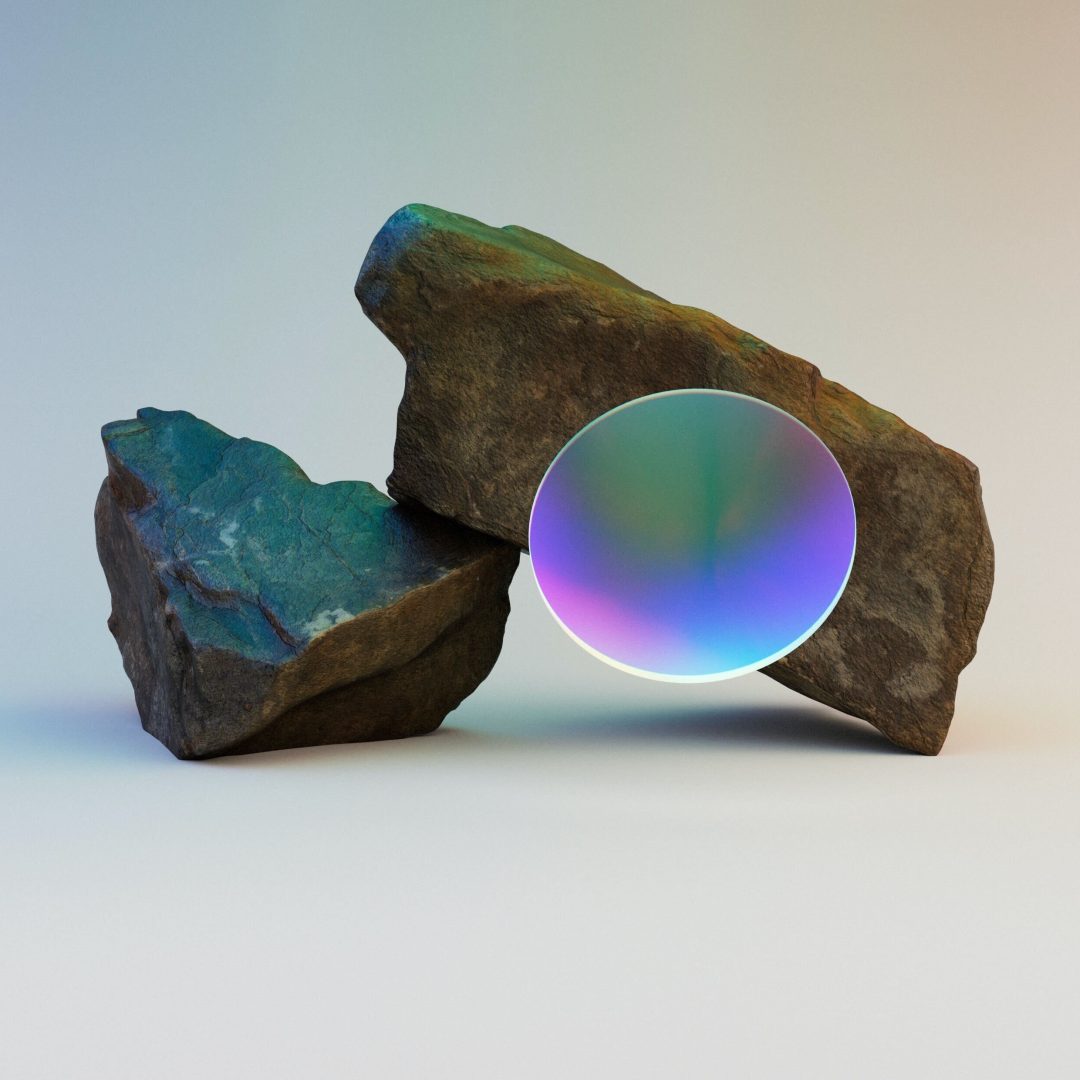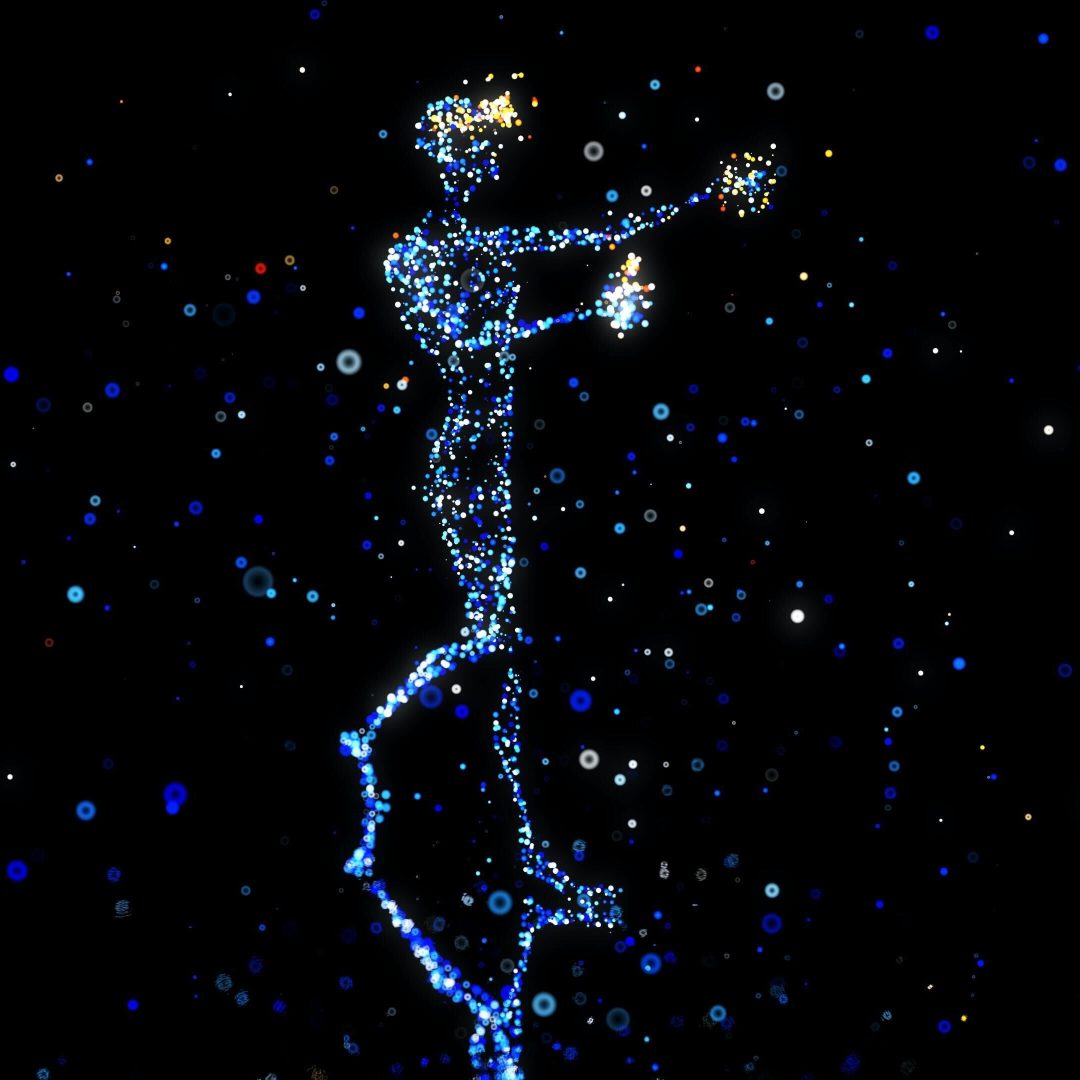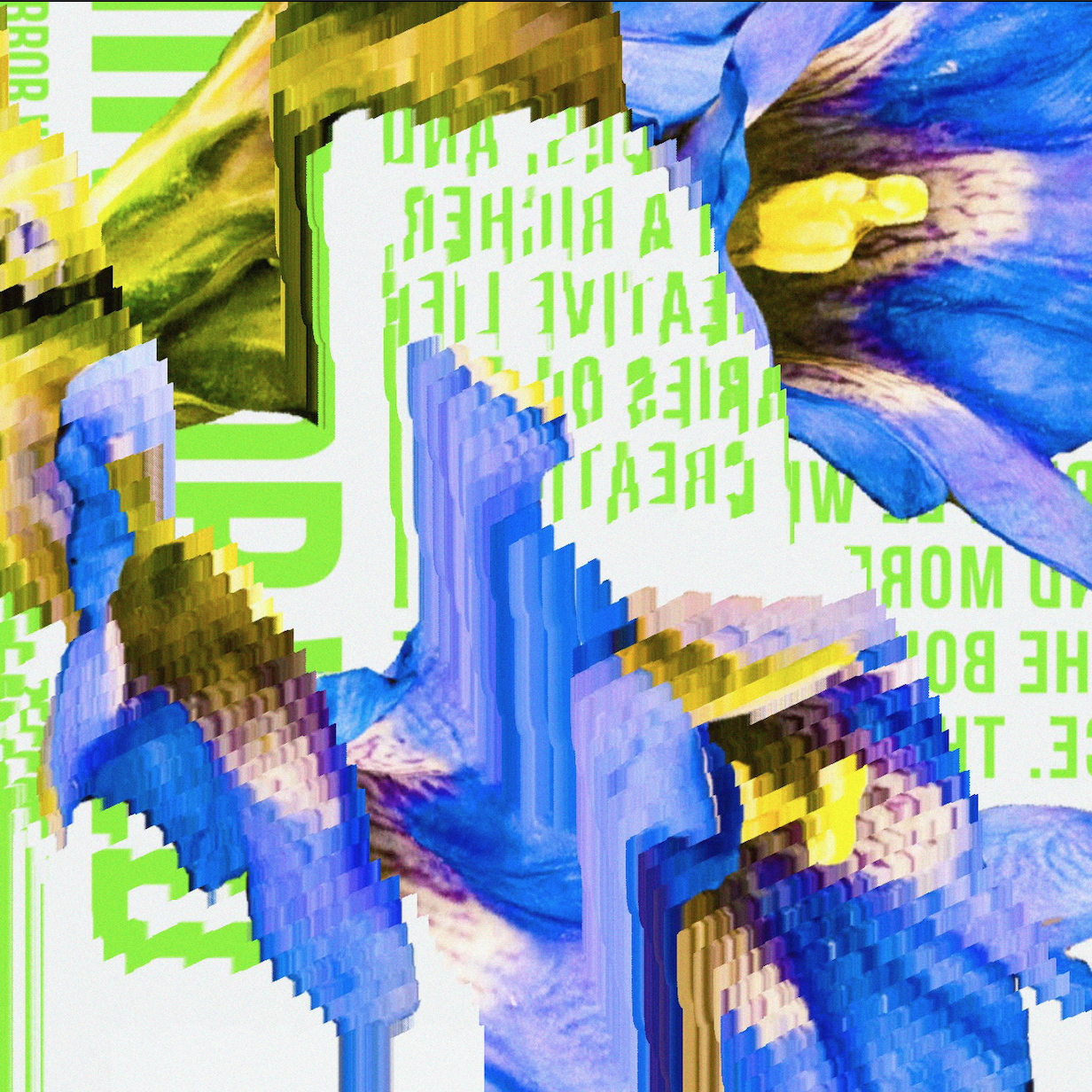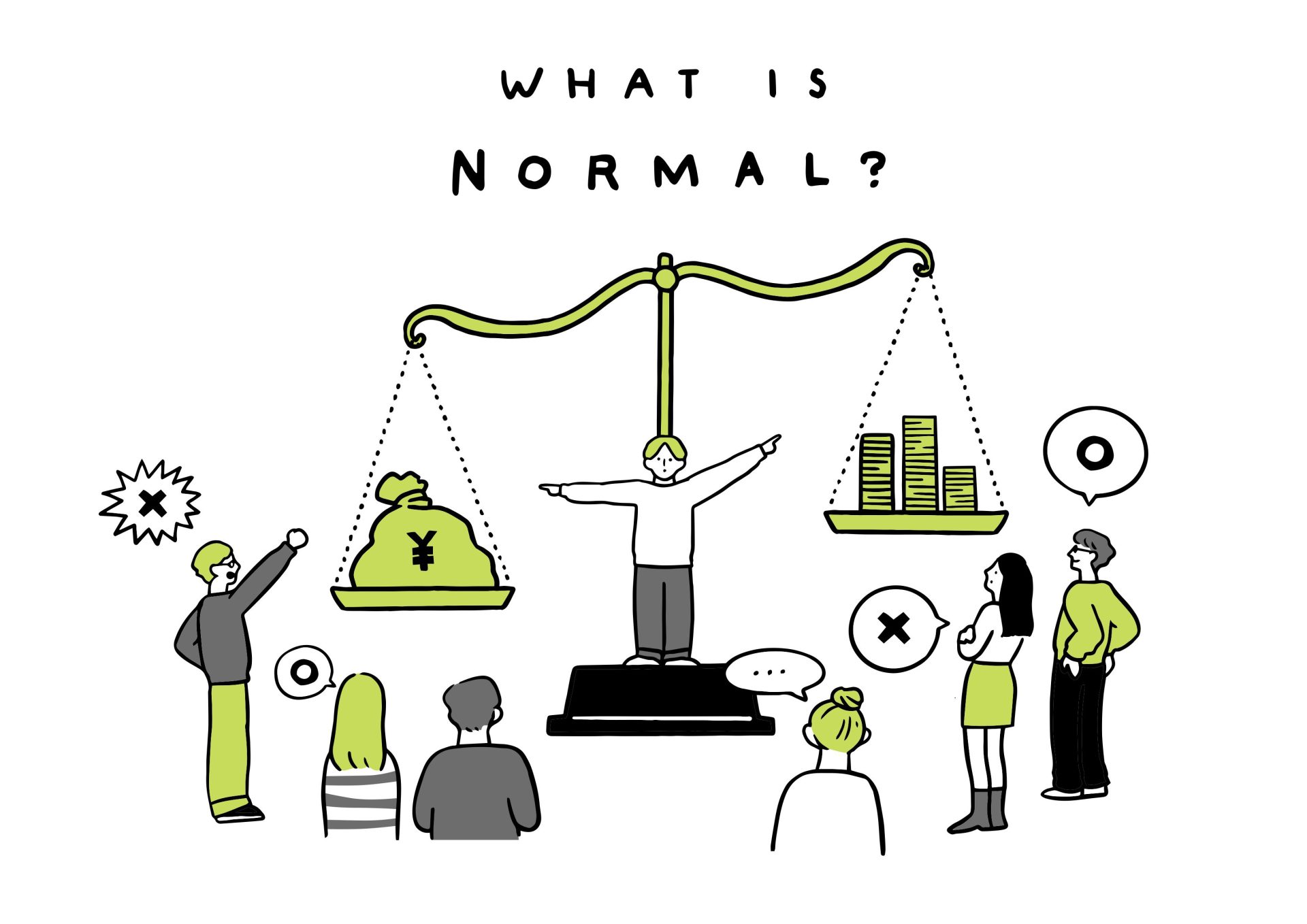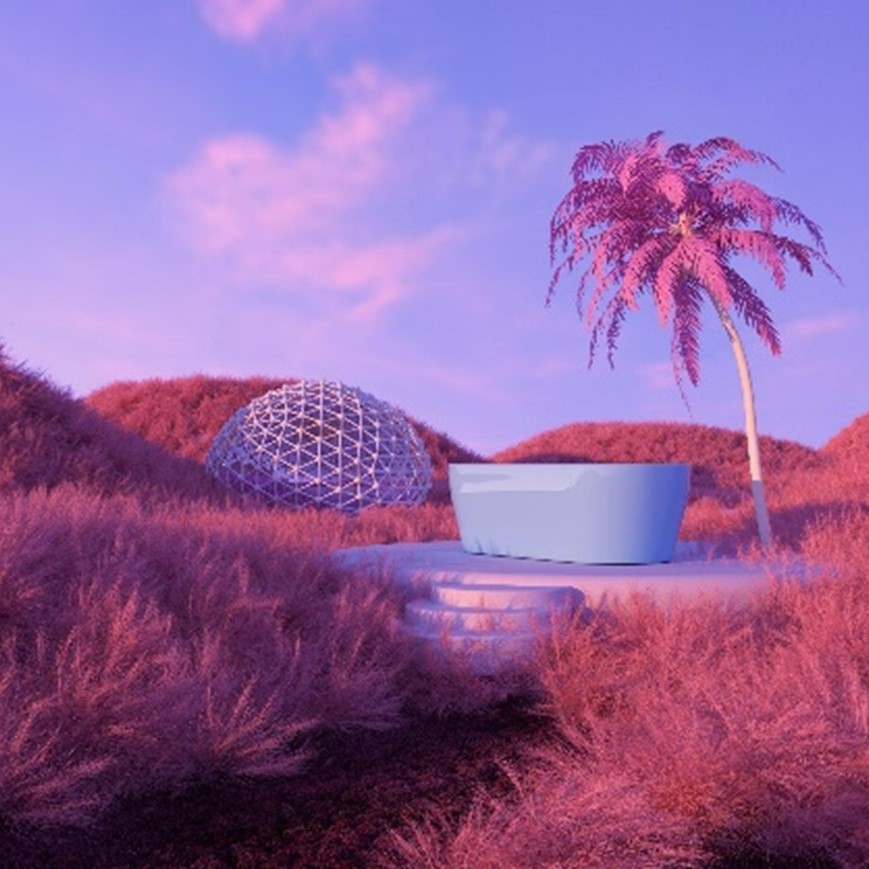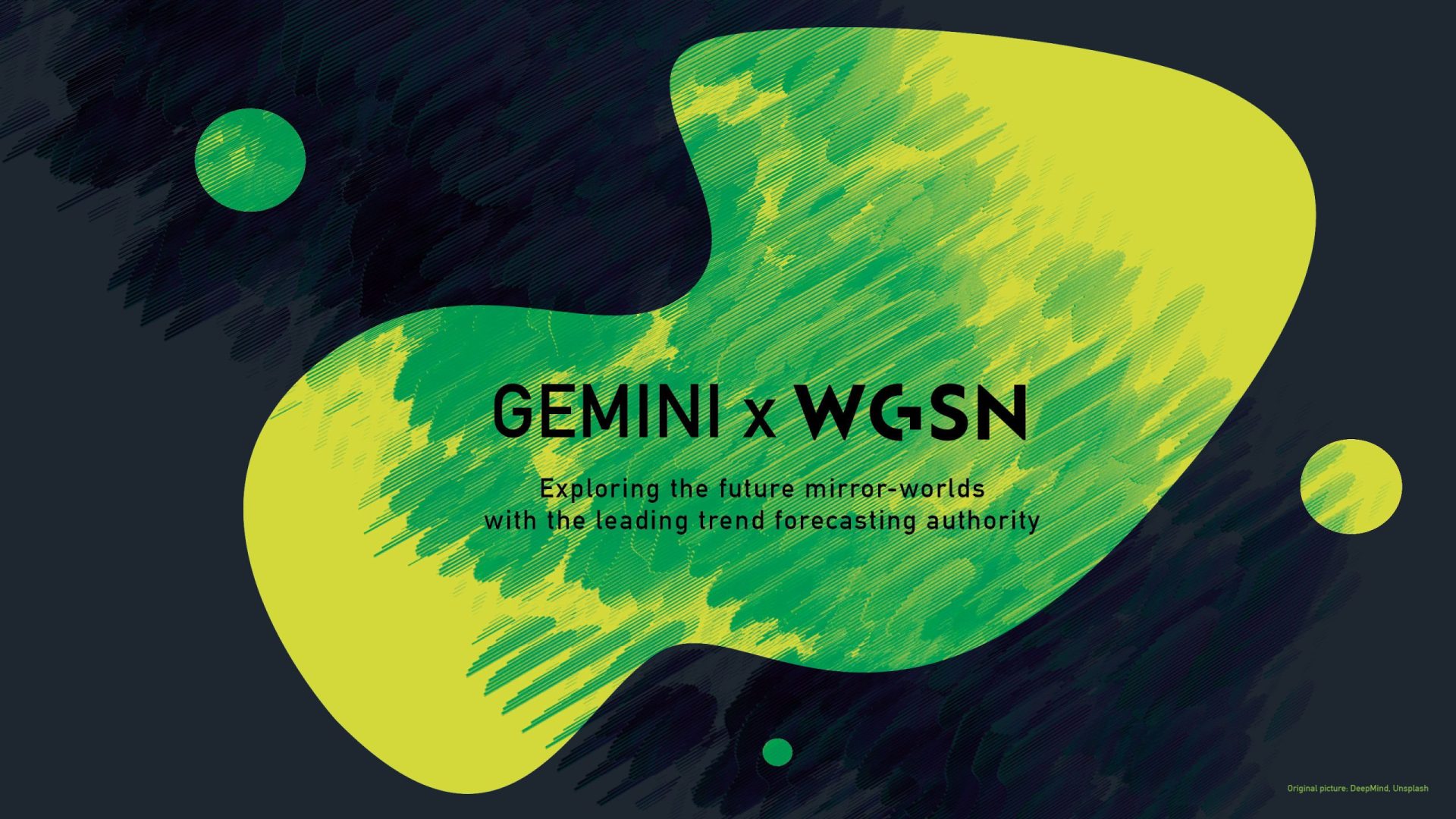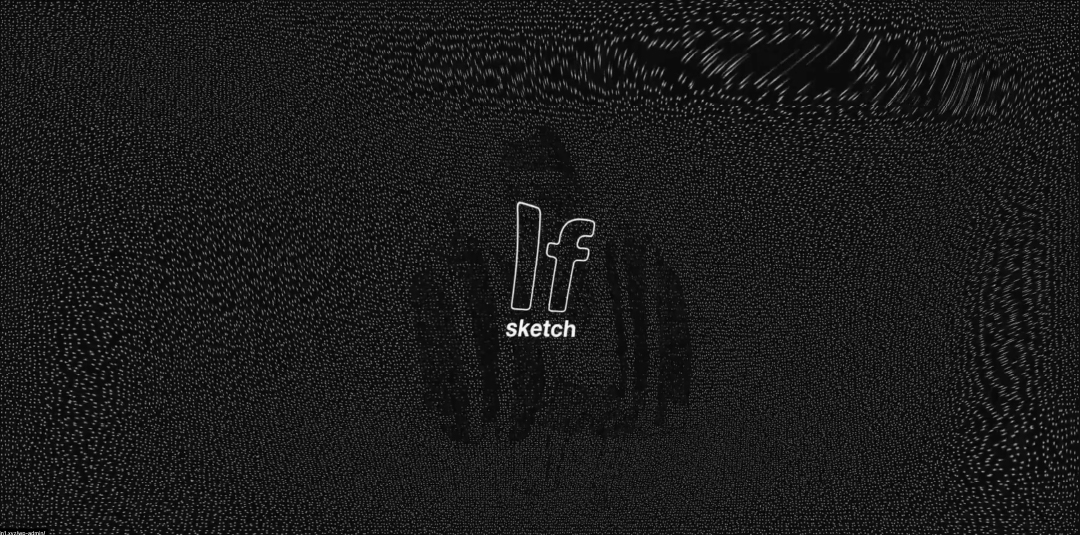3D measurements are being actively introduced in archaeological survey and research. Dr. Yukinori Kawae, Egyptologist/archaeologist is one of those who incorporate cutting-edge technology into his survey. Using drones, he has surveys measurements of the three Great Pyramids of Giza and other sites.
While utilizing technology, Kawae hopes to continue his research from a “human perspective.” Why? We asked him about the possibilities and challenges of 3D survey used in academic research, the attraction of the study of archaeology, and his approach to research.
3D Measurement in Egyptian Archaeology Today
―Dr. Kawae, you specialize in Egyptian archaeology and actively introduce new technologies such as drones and 3D measurements in your survey and research. We found a big drawing of pyramid in your laboratory. What is that?
Kawae: The drawing on the wall of my laboratory is a line drawing of Khafre’s Valley Temple, created in the 1970s by Dr. Mark Lehner, archaeologist and my mentor.
Archaeology is a discipline where “actual measurement” is very important. At that time, they performed measurements, and then transcribed actual measurements by hand. Today, 3D measurements have made it possible to convert such measurements into digital data with a high degree of accuracy.
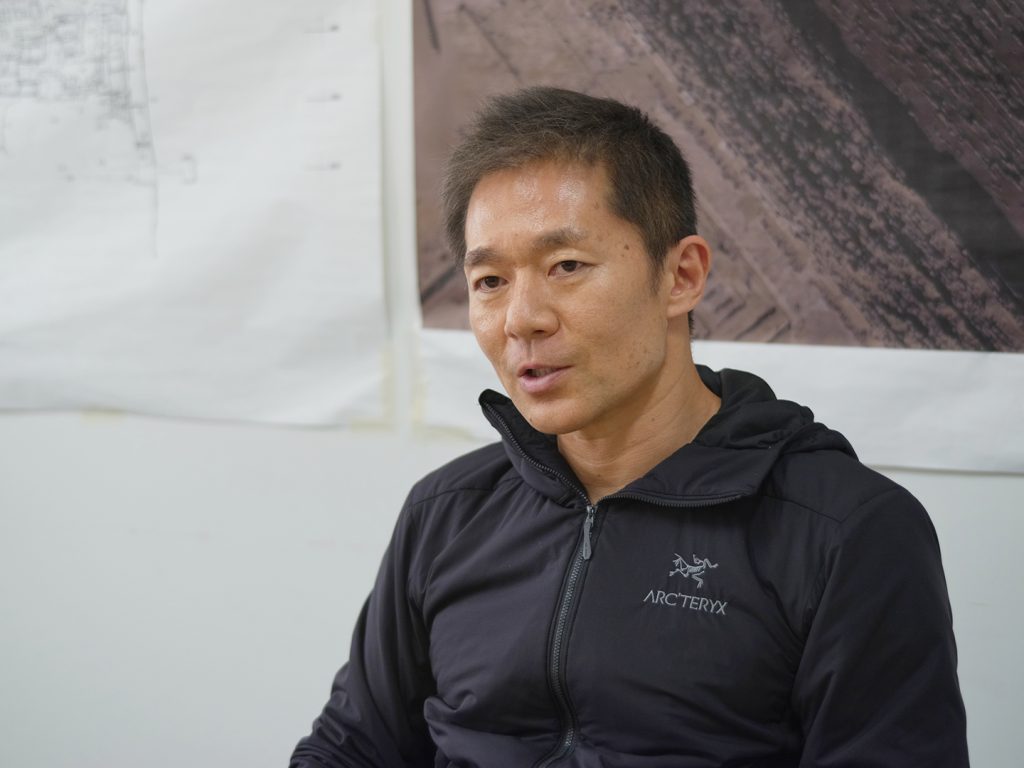
Born in Hyogo, Japan in 1972. Associate Professor, Nagoya University. Graduated from American University in Cairo, and lived in Cairo, Egypt from 1992 to 2008. Currently engaged in 3D measurements of the Great Pyramids using drones. Selected as a National Geographic Emerging Explorer in 2016. Author of books related Pyramids.
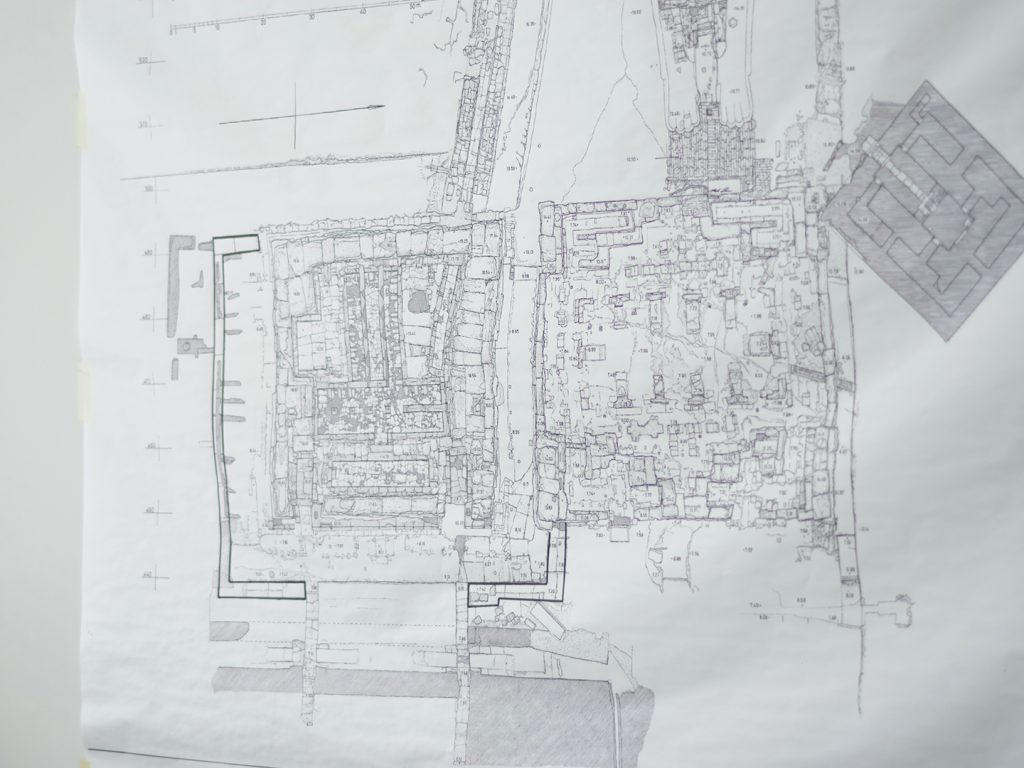
―It is very detailed. What is the major difference between these manual measurements and 3D measurements?
Kawae: In the process of manual measurements and creation of survey map, the ones who measured inevitably interpose their interpretation. As it would be impossible to draw the entire excavation site, they need to decide the range to be drawn on site according to the purpose of the excavation survey, which is something like a one-shot thing.
On the other hand, the main feature of 3D measurements is that any artificial interpretation is not included, and the amount of information obtained is massive. For example, we can make measurements first, and then make a cross-sectional drawing of important area later in the research process, or we can use AI to efficiently determine the shape and structure of the pyramid’s masonry, which is mixed with weathered and sand-covered parts.
―If you name one Egyptian mystery revealed by 3D measurement, what would it be?
Kawae: For example, it’d been impossible to obtain accurate data of the top of the Great Pyramid of Khufu, but by using image photographed by drone, we were able to see that the stones were not simply arranged, but stones whose surfaces were recessed or convex were fit together vertically like Lego blocks.
The outermost frame at the top was level and neatly aligned, and a decorative panel-like layer was installed, probably in the final stages of work, on the surface of the outer structure, which we call the “backing stone,” to complete the neat pyramid.
However, the stones inside of the pyramid are rather much looser and irregular, and inevitably developed crevices were filled with rubble and sand to make it all fit together and make the whole structure solid. There have been several theories on how the pyramids were built, but our measurement surveys are gradually revealing the actual structure of the pyramids.
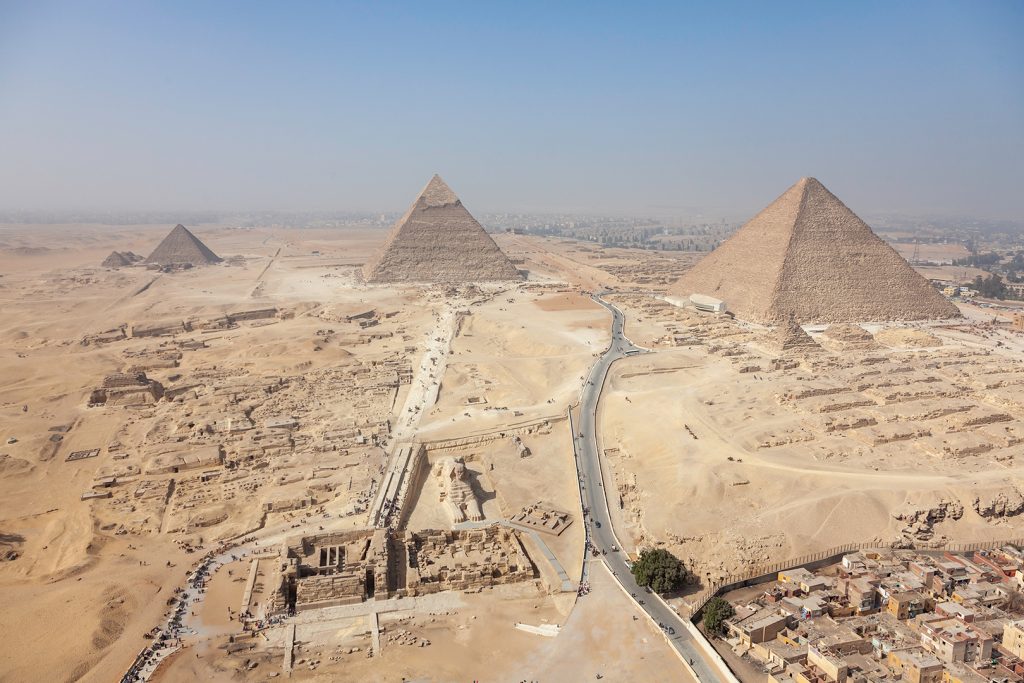
While technology evolves, some issues remain unresolved for 20 years.
―There are many mysteries about the pyramids, and for those of us who are not familiar with them, we still have images of slaves being beaten with whips and struggling to carry large stones up, but beyond such imaginings, there is a considerable level of research going on, right?
Kawae: Yes, that’s right. Solving mysteries are ongoing.
―Actively using digital technology, do you feel that you have benefited greatly from its development?
Kawae: That’s true, but it has its pros and cons. The amount of data is enormous because the measurements are made with the highest possible precision and converted into data. Because the data is too heavy to easily move from the PC where such data was recorded, and it is not easy to share it over the Internet.
This is a clearly negative point, since one of the advantages of being digital is that it can be shared with people in the distance. This issue has plagued me since about 2005, when I participated in Dr. Lehner’s survey, and has not been cleared up in the nearly 20 years since then.
I said that let’s collect detailed data for now, and in another five years we would have a platform to share it, but as the years go by, the equipment evolves and the data gets heavier and heavier, and we are still not able to share it yet. Haha.
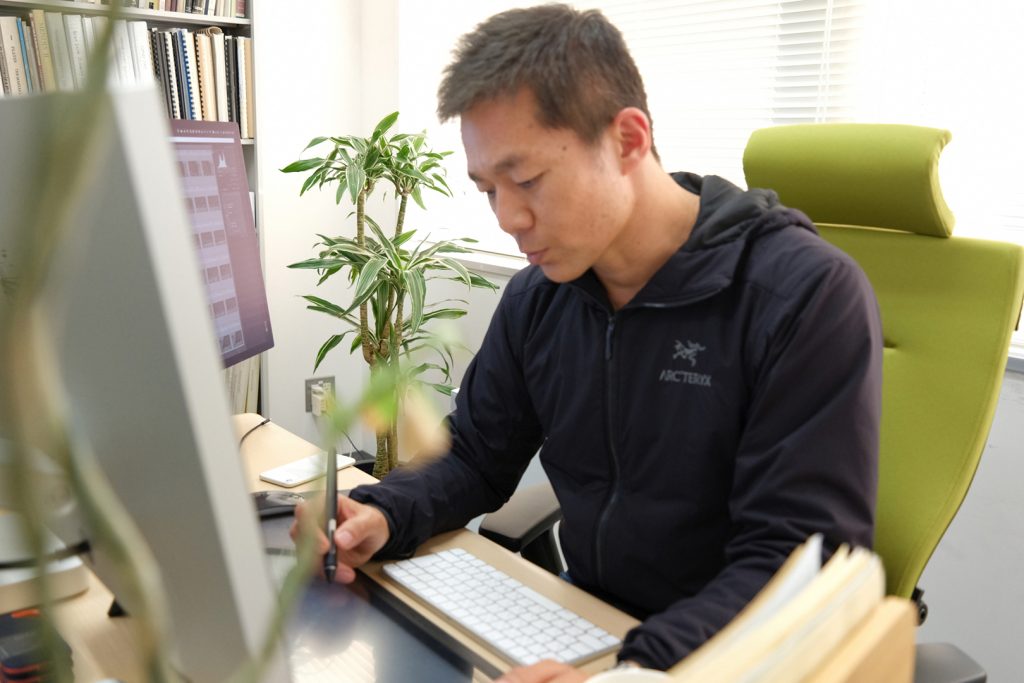
”Solving the mysteries” is the important work of archaeology.
―I understand that your accompanying the TV program “Discovery of the World’s Mysteries” in 2013 was a catalyst for significant progress in your research. In addition to technological development, is it important to collaborate with the private sector, such as broadcast media, or with researchers in other fields?
Kawae: For “Discovery of the World’s Mysteries,” we were able to obtain permission to climb the Great Pyramid of Khufu with the program crew. It was through collaboration with our engineering team that we were able to see the size of the pyramid at the time of its construction..
As I mentioned earlier, we knew that the decorative panel was peeled off from the present pyramid, but we did not know from archaeological knowledge alone whether a single panel peeled off like an onion skin or whether it peeled off together with the masonry that was inside the pyramid.
However, when I gave the team the 3D data we obtained from the survey, they immediately responded, “We can find out right away by using ‘similarity,’ which we learned in junior high school.” It also revealed that there was only one layer of laminate that had peeled off.
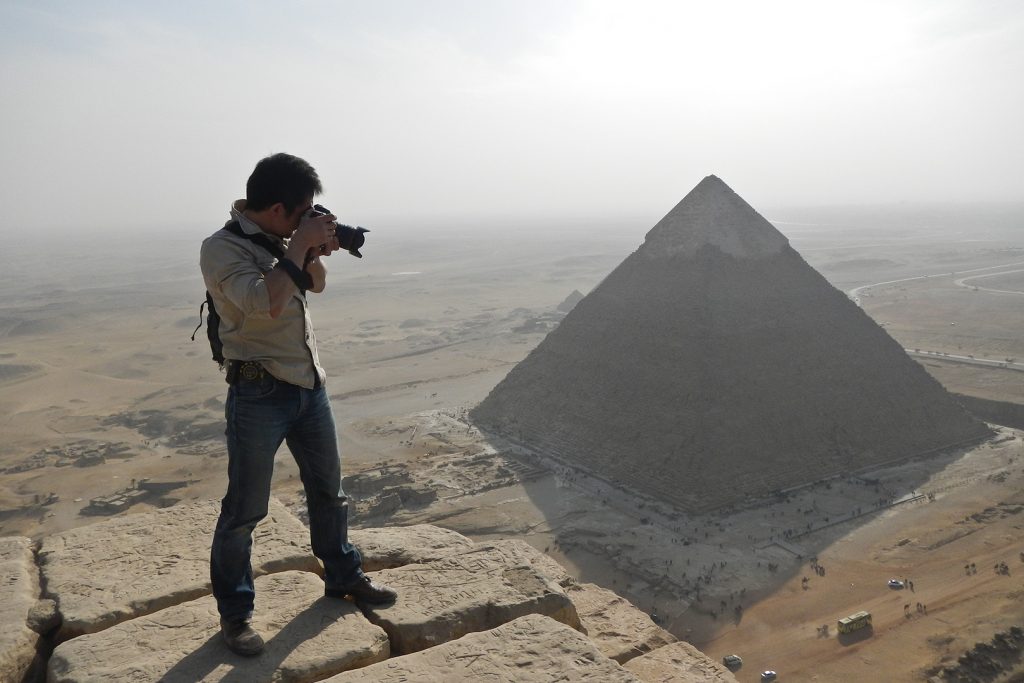
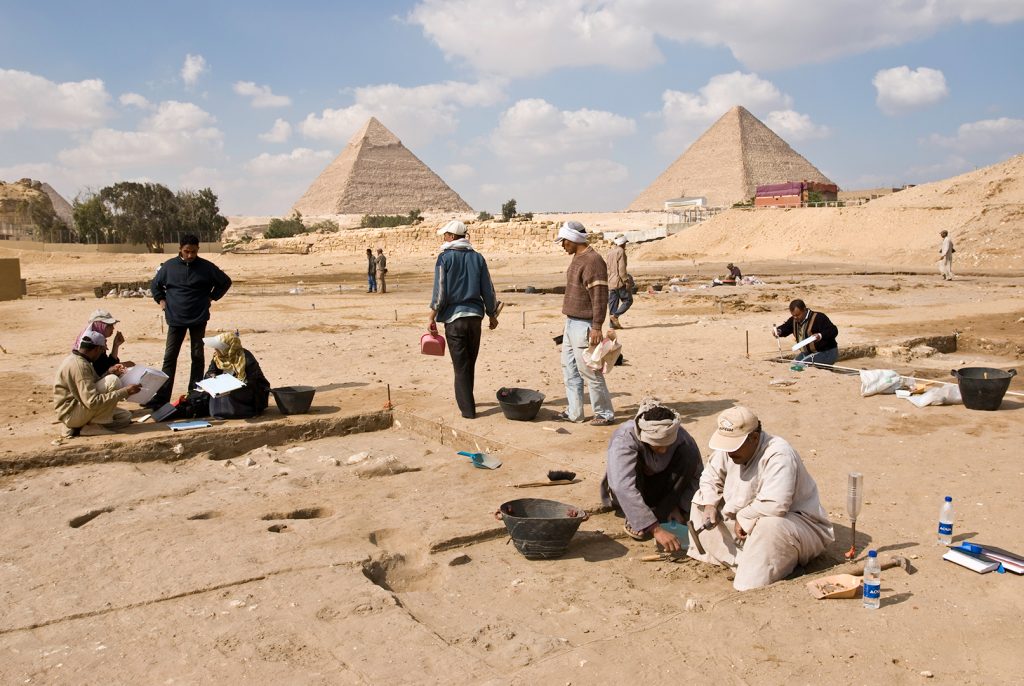
―Your team is an interdisciplinary research team, which is why you were able to obtain these results.
Kawae: The field of archaeology itself is a place for interdisciplinary research in the first place. If animal bones are found at an excavation site, we do not know what part of the animal because we are not specialists. Therefore, it is not uncommon to find researchers from different fields at the site, such as animal experts and plant experts.
Yet, it would be essential to share and provide the accessibility of digital data in order to link such cross-disciplinary collaboration. As I mentioned earlier, in the past, it was not possible to immediately see the shape of pyramid or antiquity on the spot, and the full picture of the object was known only after the data was brought back, analyzed, and assembled.
However, now such data can be immediately confirmed as visual information from a bird’s eye view, which is so convenient and great. Also, with image data, details and materials of masonry that cannot be identified with 3D data can be confirmed from photographs.
―That is how you create highly accurate data, supplemented by a wide variety of information.
Kawae: Yet “solving the mysteries” on that basis is the important work of archaeology. Of course it is important to record, but if you just record and bequeath it to future generations, which would be museology.
The challenge for our team is to understand how the pyramids were built by learning the structure of the pyramids from a field study perspective. In the case of the creation of the universe, the basic model is that there was a big bang at the beginning, but in the case of pyramid research, there is still no standard model. Our team’s objective is to create such a model.
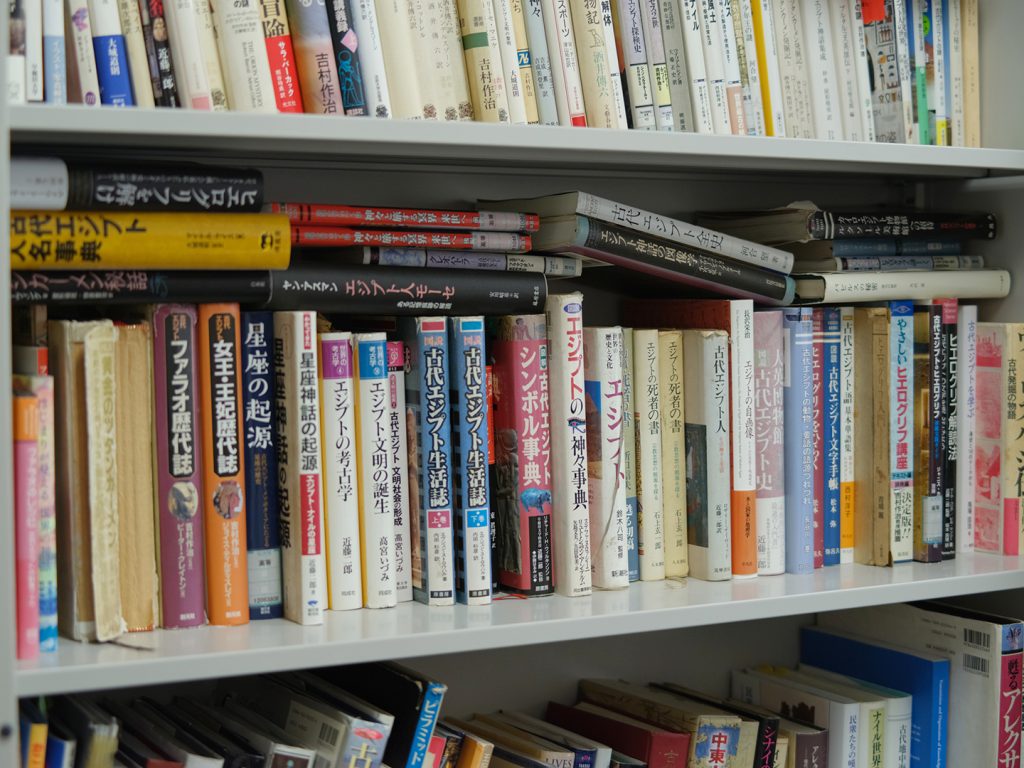
Warning against becoming accustomed to “God’s perspective.”
―I feel that it is fascinating to make use of each individual’s expertise through interdisciplinary exchanges, and I see potential in this as a research method for the future.
Kawae: Yet, if the word “interdisciplinary research” becomes an end in itself, as it has recently become, it will not work well.
It is important to have “what you want to know” as an objective first, and in the process of seeking it, to learn your own limitations and then borrow the knowledge and techniques of people in other fields. It is a fallacy to think that interdisciplinary research will produce something new.
Besides, research is all about “enthusiasm.” You are motivated by having the desire of wanting to know something, not being enthusiastic about interdisciplinary research. Haha.
―We must not mistake the means for the end.
Kawae: Of course, encounters are important. I myself met people and things at key points in my career that helped me move forward. After graduating from high school and moving to Egypt, I started working for a local travel agency, and it was significant that my boss there helped me get a scholarship to go to college.
I also met Dr. Lehner when my boss decided to invite the world’s top archaeologist of Egypt research to Japan, and I believe that I got to where I am now because I was able to join the Ancient Egypt Research Associates, Inc. led by Dr. Lehner.
The research method that I am using now is also the result of laser measurement performed in cooperation with the interdisciplinary team of Professor Hiroyuki Kamei (Professor Emeritus, Tokyo Institute of Technology), whom I met while working as a member of the team. I have been able to become involved in the mass media, flying drones, and working with “National Geographic”, and I have been helped by these relationships, which have been very significant.
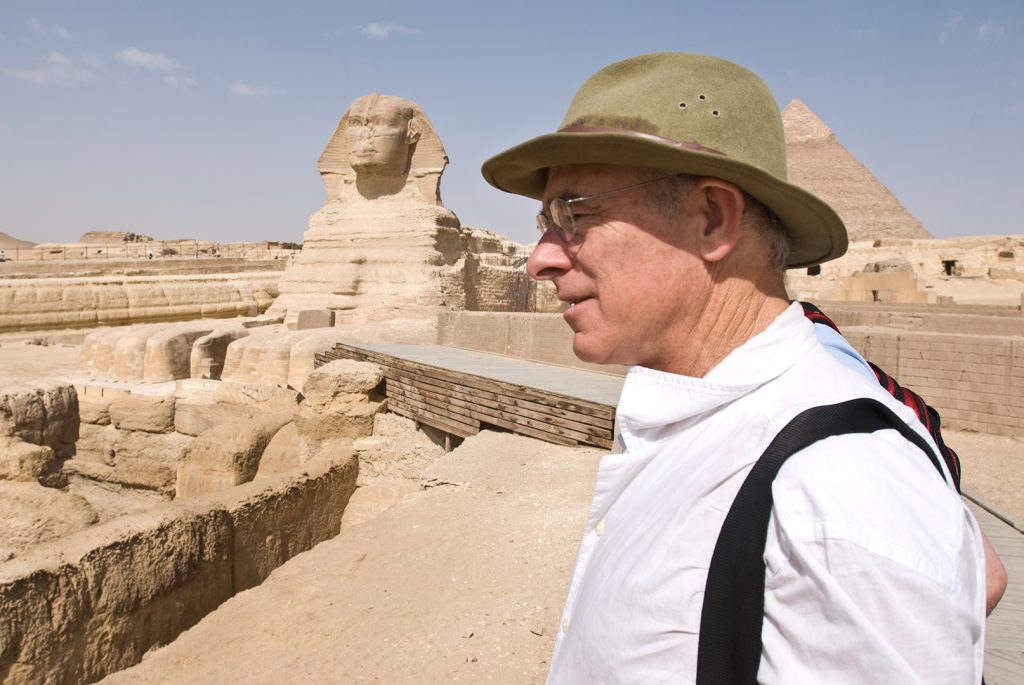
ーIt was, however, formed by a group of enthusiastic individuals. Communication, like interdisciplinarity, does not come first.
Kawae: Since I was not able to visit Egypt due to the COVID-19 pandemic, I was putting effort into using YouTube and VR to promote archaeology and to increase the number of people interested in the pyramids and Egypt, but I feel strongly about the site.
I lived in Egypt, and ideally I would like to have a 1:1 ratio of being in the field to being in the lab doing research and writing papers. There is a vast amount of things that you can’t see just by thinking digitally, you know. Rather, there are many things that we overlook because we have become accustomed to looking at things from a bird’s eye view, or from God’s perspective.
In the first place, the ancients didn’t have the perspective of looking at the pyramids from above, from a bird’s eye view. If we forget this, we may find excessive occult significance in the layout and structure of the Giza pyramid complex. It is important to be on the site/ground and to be concrete.
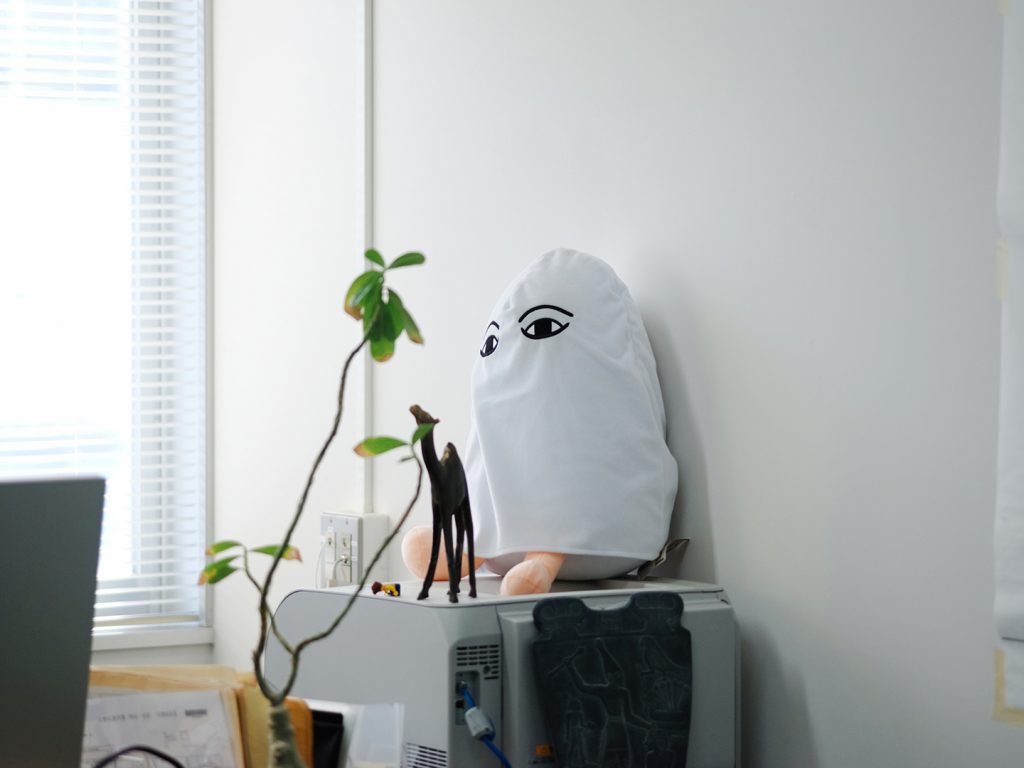
“What’s fascinating about archaeology is that it allows us to share space with the ancients.”
―So it should not end with desk logic.
Kawae: I want to continue my research from the “human perspective.” The most interesting thing about archaeology is that even though time cannot be transcended, space can be shared. Even Japanese people today can visit Egypt, where the ancient people lived.
The pyramids of King Khufu, King Khafre, and King Menkaure, known as the “Great pyramids/Giza pyramid complex,” are aligned diagonally in a perfect line when viewed from overhead, but most people living at the time saw them from the ground. And the structure was probably built based on the viewpoint from the top of the temple. This is something that can only be understood by experiencing the actual space, and also from which new mysteries emerge.
I have a very memorable episode from my experience in Dr. Lehner’s team. When I was only a few months into the team, we were doing a survey around the Queen’s Pyramid, which is east of the Pyramid of King Khufu. I was looking at the terrain and all of a sudden Dr. Lehner asked me, “What do you think?”
I had no knowledge about it, so honestly, I was like, “I don’t know!” But the German student in the team was thinking for a moment and then expressed his own opinion, saying, “I think this debris has come from this direction.” Dr. Lehner discussed, “No, but this is the way it is here.”
Witnessing this exchange, I realized that there is a lot of data remained that verifies the lives of ancient people here, and that we can freely think based on this data. There are traces left over from 4,500 years ago, and if we have the knowledge and the eyes to look at them with a high resolution, we can see many things. This excitement has led me to the current research.
YouTube Channel “Exploring Ancient Egypt”
―That makes sense.
Kawae: In this age when using digital technology through iPhones and PCs has become a normal part of our lives, I don’t think there is any need to dare to mention the characteristics of digital technology. In fact, I am the type of twisted person, so my interest is sometimes directed toward non-digital technologies. Haha.
Therefore, if you are interested in archaeology and pyramids, I still want you to go to the site. I think there is something to be gained from that experience. The various data we publish and the contents on YouTube are just the gateway.
As AI evolves, the authenticity and reliability of research and information will become a major issue in the field of archaeology, and human judgment will ultimately be necessary. However, I feel that it is not right to divide digital technology and real-world experience in two. So, I would like to see technology, experience, and enthusiasm fuse and sometimes separate in a well-balanced manner, while maintaining a relationship within the study of archaeology.

Guest Profile
-

Yukinori Kawae
Yukinori Kawae
Born in Hyogo, Japan in 1972. Associate Professor, Nagoya University. Graduated from American University in Cairo, and lived in Cairo, Egypt from 1992 to 2008. Currently engaged in 3D measurements of the Great Pyramids using drones. Selected as a National Geographic Emerging Explorer in 2016. Author of books related Pyramids.
- Related link: https://x.com/yukinegy
- Related link: https://www.youtube.com/@yukiancientegyp
Co-created by
-
Taisuke Shimanuki
Writer
Taisuke Shimanuki
Writer
Art Writer/Editor. Born In Kanagawa In 1980. Living In Beppu, Kyoto. Writes, Edits, And Plans For Tokyo Art Beat, CINRA.NET, And Bijutsu Techo. In 2019, Formed A Collective Research Group With Ai Saegusa (Artist) And Pijin Neji (Dancer). From 2021, The Team Name Will Be Changed To "Uho", And They Will Continue To Research And Output In Various Forms Such As Exhibitions, Performances, And Editorials.
- Kamoberi | Social Distance Art Magazine: http://kamoberi.com/
-
Manabu Numata
Photographer, Mochi Pounding Researcher
Manabu Numata
Photographer, Mochi Pounding Researcher
Photographer and movie cameraman who loves fish markets, Kabukicho, and rice cake pounding. His photo collection “Tsukiji Fish Market Blues”. Travels anywhere with a mortar and pestle! Mochi ha Mochiya” is a rice cake pounding service.
Tag
Share
Discussion
Index
Index
Archives
Recommend
Recommend
Recommend
Recommend
Recommend
-

{ Special }
The “Futsu” Metaverse
The “Futsu” Metaverse
The “Futsu” Metaverse
-

{ Special }
Joy 3.0 – Building Happiness in the mirror-world
Joy 3.0 – Building Happiness in the mirror-world
Joy 3.0 – Building Happiness in the mirror-world
-

{ Prototype }
GEMINI Laboratory GLOBAL DESIGN AWARDS WINNERS ANNOUNCEMENT
GEMINI Laboratory GLOBAL DESIGN AWARDS WINNERS ANNOUNCEMENT
GEMINI Laboratory GLOBAL DESIGN AWARDS WINNERS ANNOUNCEMENT
-

{ Community }
Scenting the metaverse with olfactory futurist, Olivia Jezler
Scenting the metaverse with olfactory futurist, Olivia Jezler
Scenting the metaverse with olfactory futurist, Olivia Jezler
Hot topics
Hot topics
Hot topics
Hot topics
Hot topics
-

{ Community }
Scent Transcends Memory to Change Behavior. The Future of Digital x Olfaction, by Scent Marketing Pro Gouchi Hamada
Scent Transcends Memory to Change Behavior. The Future of Digital x Olfaction, by Scent Marketing Pro Gouchi Hamada
Scent Transcends Memory to Change Behavior. The Future of Digital x Olfaction, by Scent Marketing Pro Gouchi Hamada
-

{ Community }
The stage is a restroom designed by Tadao Ando. Possibilities of media mix that GEMINI pioneers.
The stage is a restroom designed by Tadao Ando. Possibilities of media mix that GEMINI pioneers.
The stage is a restroom designed by Tadao Ando. Possibilities of media mix that GEMINI pioneers.
-

{ Community }
“Conveying the Moment of ‘Now’ in History: Catalan Artist Xavi Bové’s Light Expressions”
“Conveying the Moment of ‘Now’ in History: Catalan Artist Xavi Bové’s Light Expressions”
“Conveying the Moment of ‘Now’ in History: Catalan Artist Xavi Bové’s Light Expressions”
-

{ Community }
“Designing with Heart: How Amanda Talbot is shaping a better future through emotionally intelligent AI”
“Designing with Heart: How Amanda Talbot is shaping a better future through emotionally intelligent AI”
“Designing with Heart: How Amanda Talbot is shaping a better future through emotionally intelligent AI”
-

{ Community }
Unearthing the Future: How ancient history can guide modern innovation with Darius Arya
Unearthing the Future: How ancient history can guide modern innovation with Darius Arya
Unearthing the Future: How ancient history can guide modern innovation with Darius Arya
-

{ Community }
Interview with Masayoshi Yokoyama from Ryu Ga Gotoku Studio. Talks about reality in games and the future of the industry
Interview with Masayoshi Yokoyama from Ryu Ga Gotoku Studio. Talks about reality in games and the future of the industry
Interview with Masayoshi Yokoyama from Ryu Ga Gotoku Studio. Talks about reality in games and the future of the industry
-

{ Community }
The new form of pilgrimage. What is the border of real and fictional worlds that Petra Szemán pictures?
The new form of pilgrimage. What is the border of real and fictional worlds that Petra Szemán pictures?
The new form of pilgrimage. What is the border of real and fictional worlds that Petra Szemán pictures?
Special
Special
Special
Special
Special
Featured articles spun from unique perspectives.
What Is
“mirror world”...
What Is
“mirror world”...
What Is
“mirror world”...
What Is
“mirror world”...
What Is
“mirror world”...
“mirror world”... What Is
“mirror world”... What Is
“mirror world”... What Is
“mirror world”... What Is
“mirror world”...
Go Down
Go Down
Go Down
Go Down
Go Down
The Rabbit
The Rabbit
The Rabbit
The Rabbit
The Rabbit
Hole!
Hole!
Hole!
Hole!
Hole!
Welcome To Wonderland! Would You Like To Participate In PROJECT GEMINI?

